From a series of flitting bills to a bouquet of poised lilies, Kwan Sheung Chi (b. 1980, Hong Kong) tenaciously pursues across multiple mediums a conceptual practice rooted in critiques of political status quo, assignations of value and modes of existence. Employing simple props to articulate his reflections with pointed focus, Kwan unravels Hong Kong’s relationship with money, its political framework and the livelihood of those who inhabit it. The viewer senses in his art a tension between meditation and intervention, a feeling that is heightened by a running sense of banality that pervades Kwan’s propositions. Fielding commentary that’s against-the-grain, Kwan heralds a non-assumptive yet determined voice that quietly digs at the underpinnings of Hong Kong, but also more widely, the society we’re born into.
At the core of Kwan’s practice is the thematic of reality as seen and experienced by ordinary citizens. Strongly associated is the specific discussion of capitalism, which reappears as a topic of reflection in Kwan’s work. Based in a world financial centre, Kwan does not steer away from Hong Kong’s emphasis on money as a vehicle for impact and governance. Consider the work 1000 (2012), for example, which involved the systematic erasure with a rubber eraser of a 1000 HKD bill till it’s left raw and worthless. We are prompted to realise how we have granted significance to an object, the value of which does not exist when stripped of its visual identity. Developing on this sense of worth is To Defend the Core Values is the Core of the Core Values (2012), a commission Kwan carried out with his partner Wong Wai Yin. At the time, a broad discussion was being held regards the ‘core values’ of Hong Kong, amongst them democracy. Kwan and Wong invested their production budget in the creation of a gold coin marked ‘Hong Kong Core Values’ and engaged Trotskyist Leung Kwok-Hung by donating the coin to him, which led to a spontaneous discourse on Hong Kong’s ‘core values’, the all of which was filmed as documentation. The viewer is left with observing the tension between the practicality of ownership and conflict of beliefs. Kwan further highlights our tentative relationship with possessions in One Million (RMB) (2013), a video series in which Kwan flips through a short stack of bills, counting them until it reaches a million. It is in fact but a short loop, effectively an illusion of wealth, serving as an analogy for greed or indeed our desire for evermore.
Stepping into a more defined political zone, Kwan delivers his works with a deadpan sense of humour and an anarchic disposition. In the films Doing It With Chi—Making an Exit Bag (2009) and Doing It With Mrs Kwan—Making Pepper Spray (2012), for example, Wong and himself pose as DIY instructors akin to those found on Youtube albeit delivering advice for assisted suicide and the creation of a weapon or self-defense tool, respectively. Dark and dry, the artworks follow videos providing assistance regarding everyday problems, an approach that prompts us to realise how we tend to focus on the mundane whilst not tackling the major threats to our existence such as the dissolution of democracy. On a more confrontational level is Water Barrier (Maotai:Water, 1:100) (2013), an installation comprised of two 170 cm-high, white plastic anti-riot barriers filled with diluted Maotai—a Chinese distilled white liquor that is commonly served at state functions. Alluding to mounting social issues and the types of physical and ideological barriers that stand to prevent change, Kwan instigated a second phase of the work following his receipt of the Hugo Boss Art Prize for best emerging Chinese artist, inviting members of the public to join in a renewed attempt at the barrier’s destruction. With the help of a randomly selected group of 16, Kwan successfully knocked his artwork to the ground.
Ultimately, Kwan Sheung Chi creates works that voice histories that have been neglected, or actualities we either do not want to see or are unable to confront. By employing a language that is honest and accessible, his works advocate criticality and reflection whilst not imposing action. Subtle, yet sharp and alarming, it is up to the viewer what they take from each and what they decide to do next with the information provided.
Kwan Sheung Chi (b. 1980, Hong Kong) holds a B.A. degree in Fine Art from The Chinese University of Hong Kong. He has held exhibitions at Oi!, Hong Kong (2018); Solomon R. Guggenheim Museum, New York (2017); Mill6, Hong Kong (2016); ZKM, Karlsruhe (2015); Borusan Contemporary, Istanbul (2015); Para Site, Hong Kong (2015, 2014); Witte de With, Rotterdam (2014); Kunsthalle Wien, Vienna (2014); Rockbund Art Museum, Shanghai (2013), and Hiroshima MOCA, Hiroshima (2013), amongst others. Kwan is also a founding member of local art groups, including Hong Kong Arts Discovery Channel (HKADC), hkPARTg (Political Art Group) and Woofer Ten.
In 2009, Kwan was awarded the Starr Foundation Fellowship from the Asian Cultural Council to take part in an international residency programme in New York. Kwan received a commission from the West Kowloon Cultural District Association (WKCDA) in 2012, and was the winner of the inaugural Hugo Boss Art Prize in 2013. Kwan’s art has been collected by international institutions and public collections, including: San Francisco Museum of Modern Art, San Francisco; Solomon R. Guggenheim Collection, New York; Borusan Contemporary Art Collection, Turkey; Burger Collection, Hong Kong; DSL Collection, France; Kadist Art Foundation, Paris/San Francisco; M+, Hong Kong; and White Rabbit Collection, Australia, among others.
Kwan Sheung Chi Hong Kong, B. Hong Kong, China, 1980
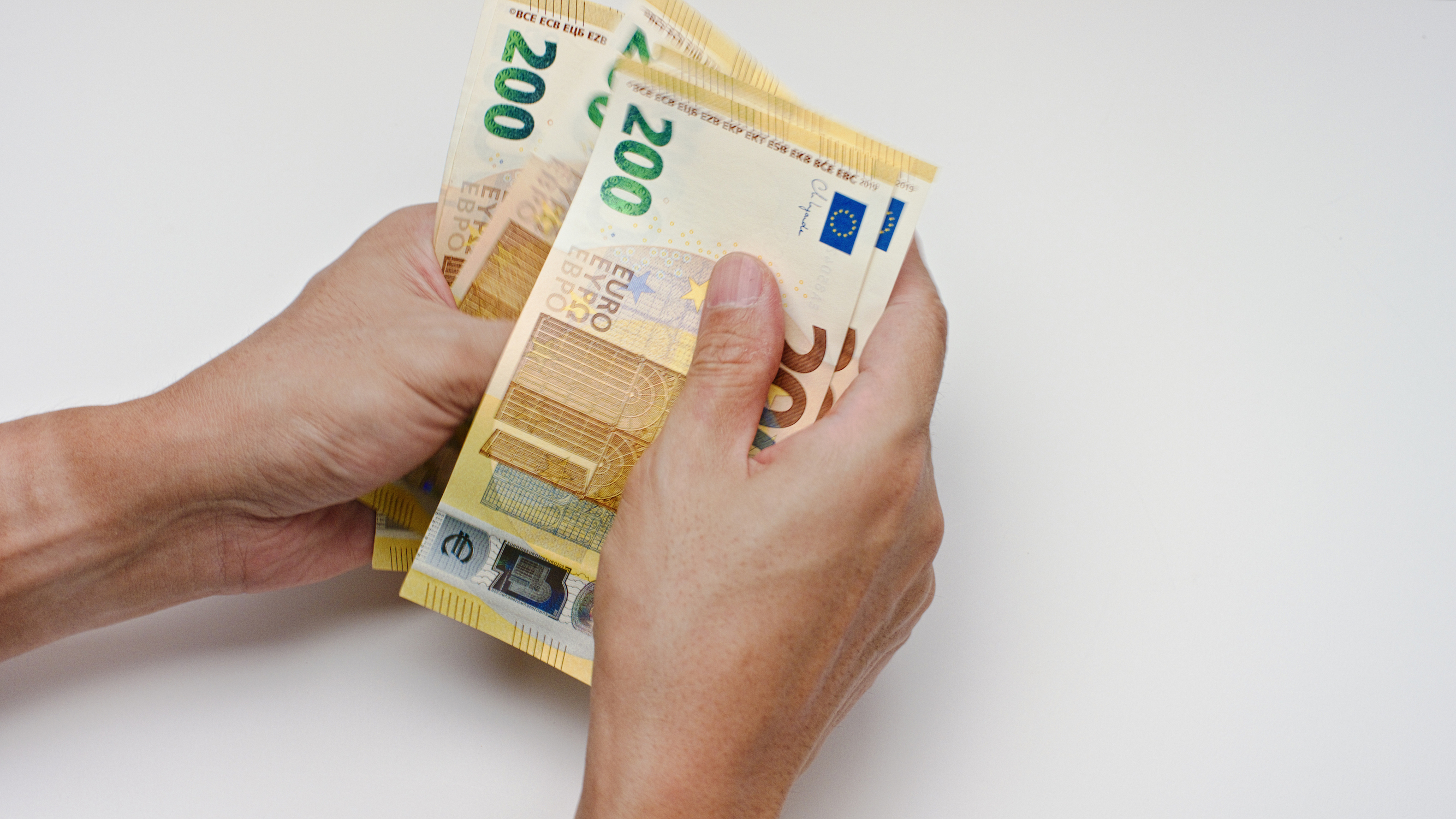
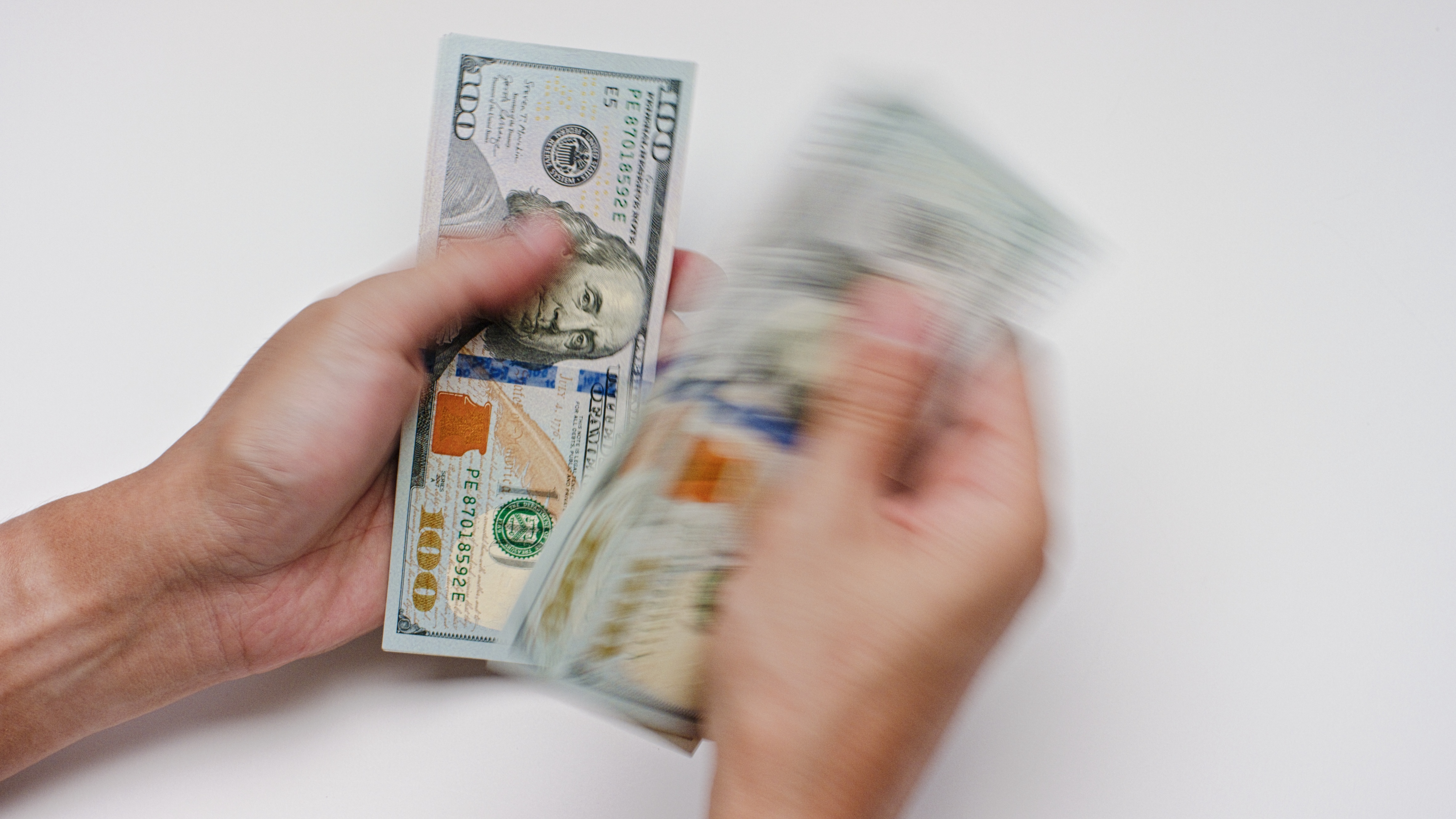
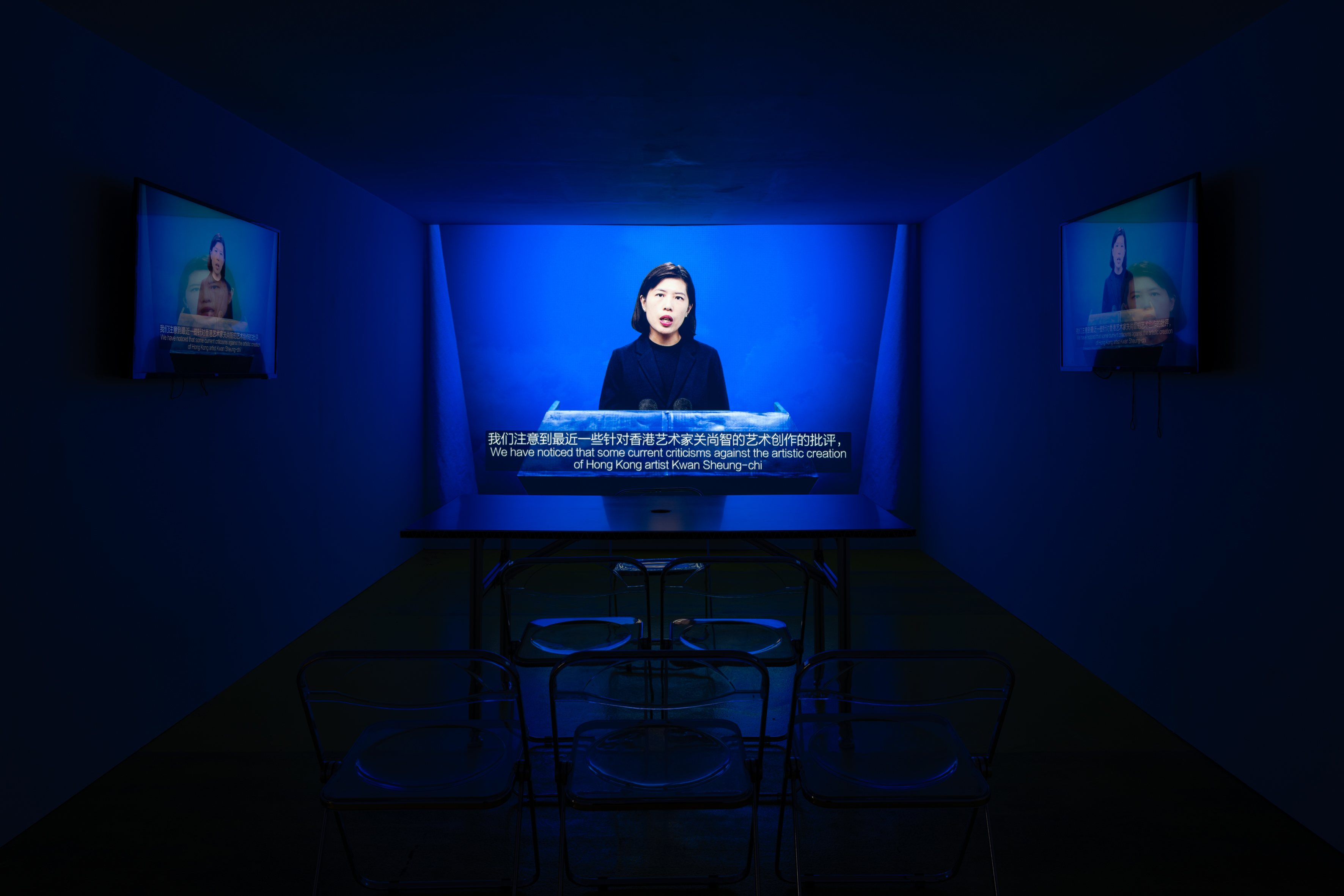
Installation view, ‘Not retrospective’, Kwan Sheung Chi, solo exhibition, Kiang Malingue, Tin Wan, Hong Kong, 2023.
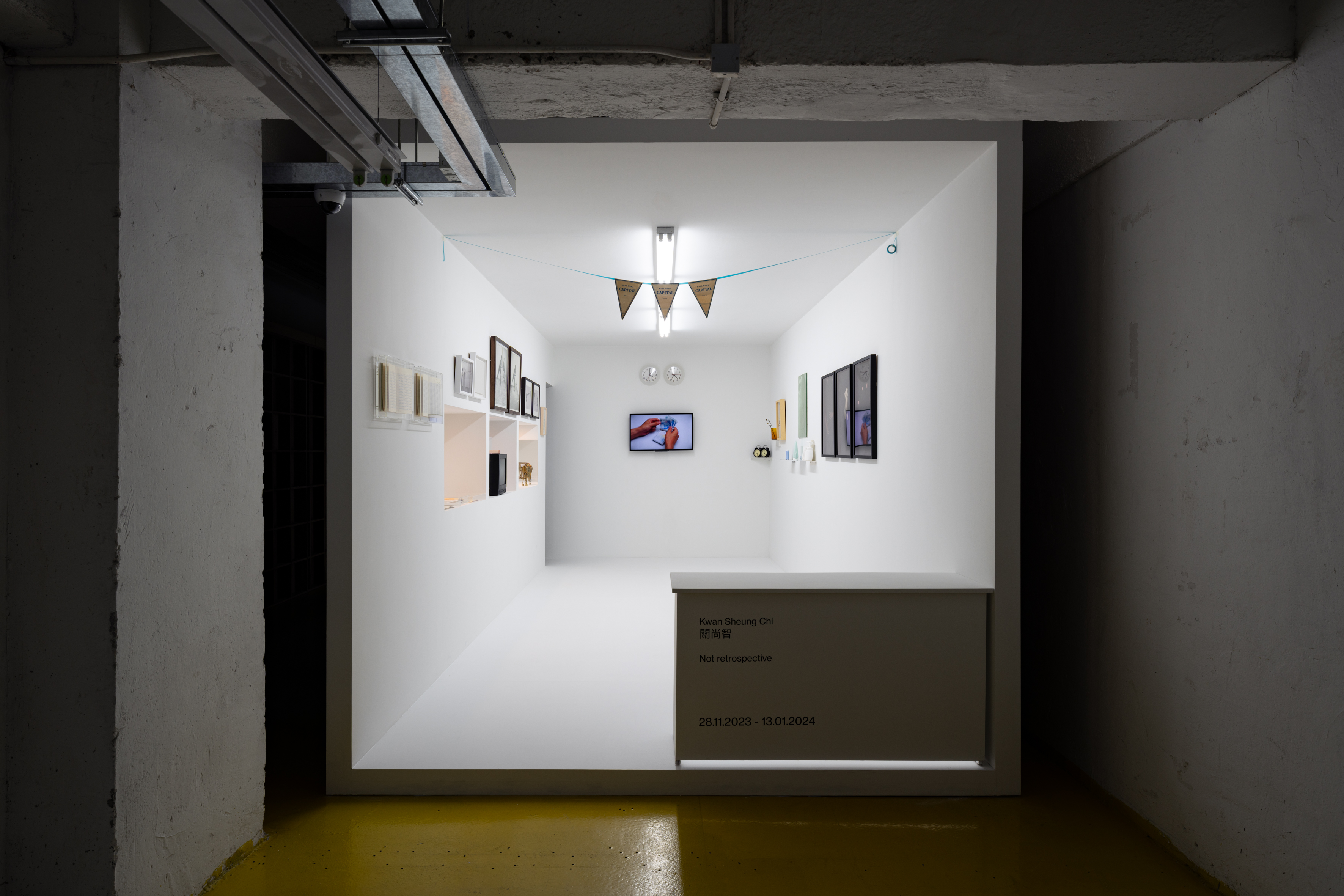
Installation view, ‘Not retrospective’, Kwan Sheung Chi, solo exhibition, Kiang Malingue, Tin Wan, Hong Kong, 2023.
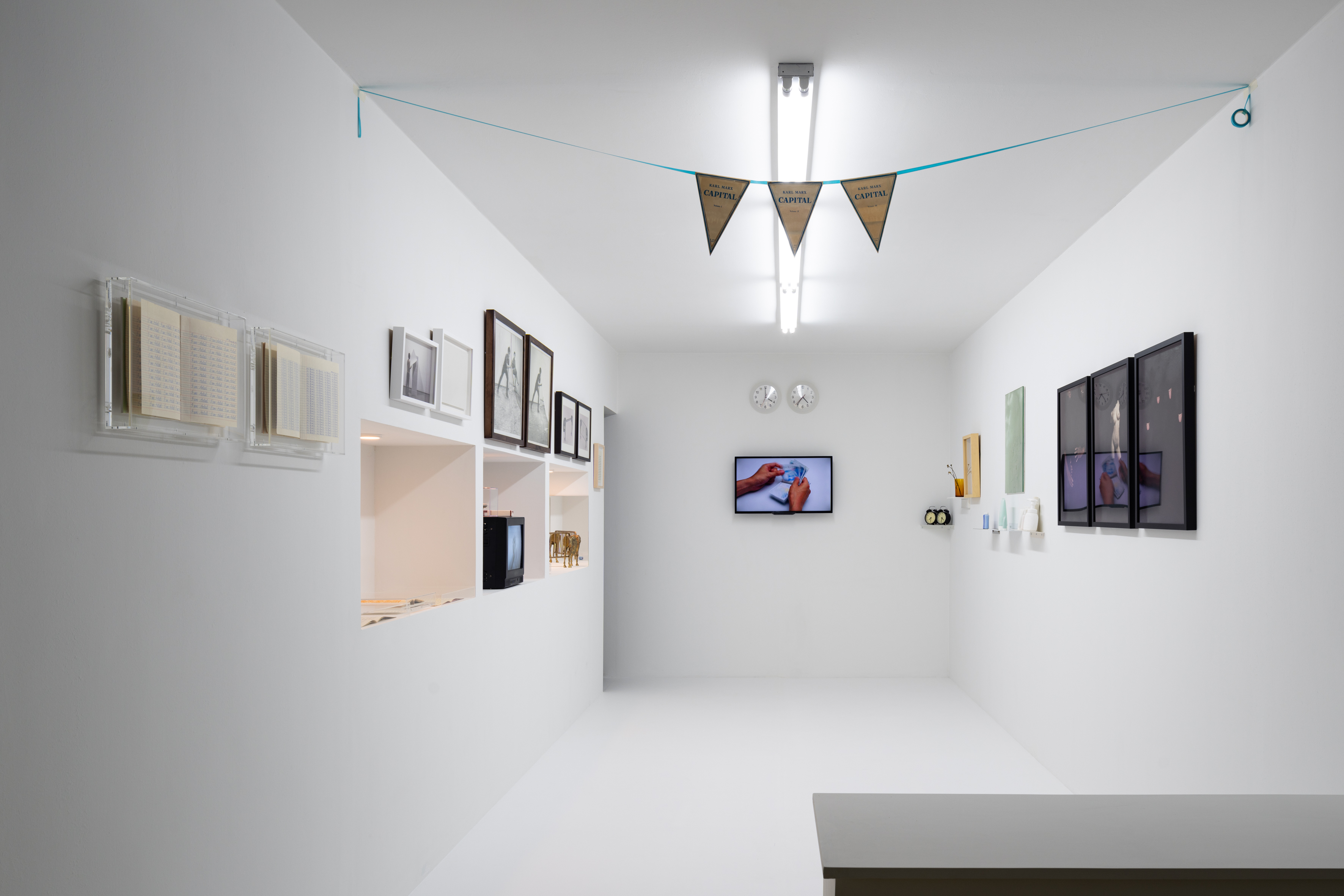
Installation view, ‘Not retrospective’, Kwan Sheung Chi, solo exhibition, Kiang Malingue, Tin Wan, Hong Kong, 2023.
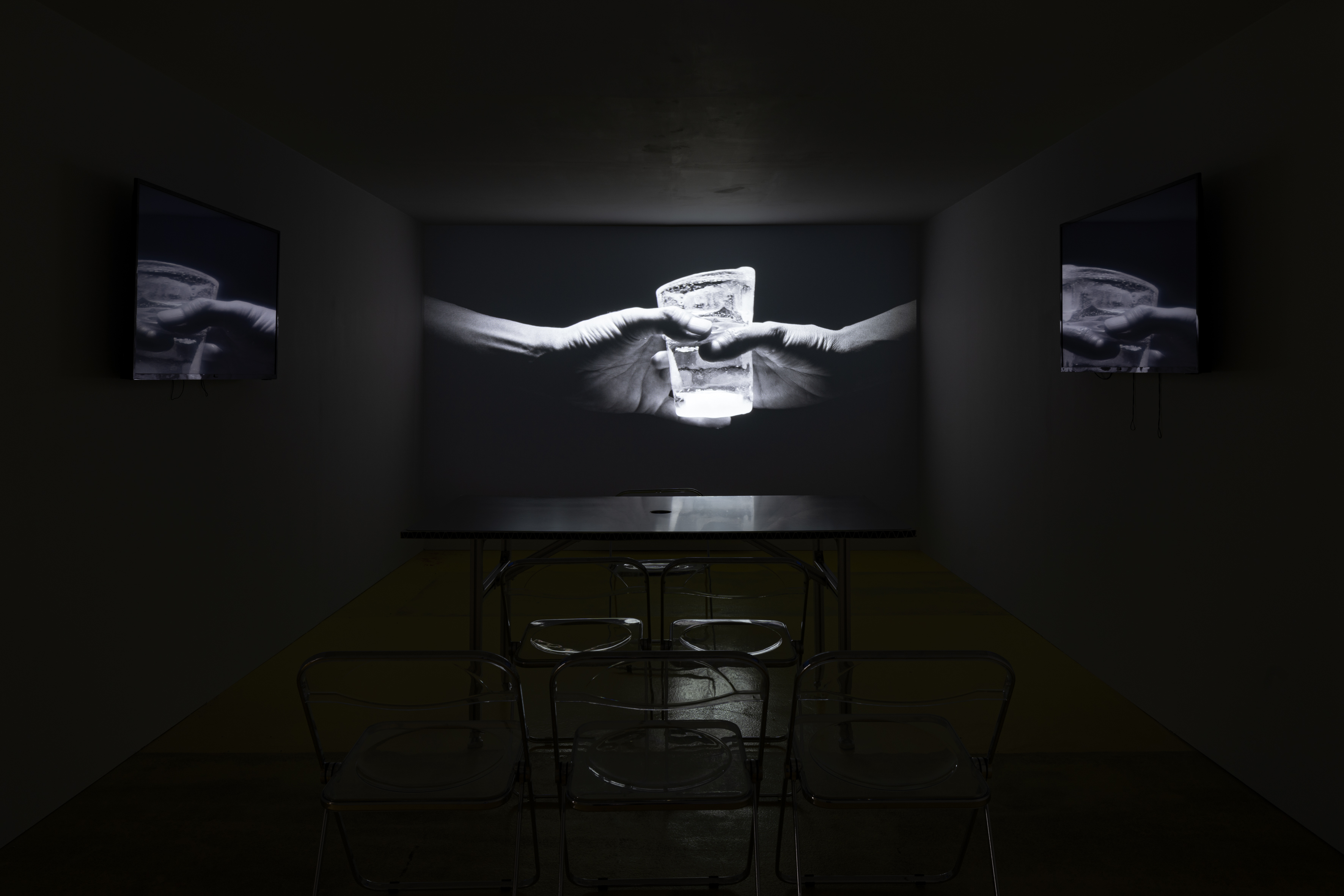
Installation view, ‘Not retrospective’, Kwan Sheung Chi, solo exhibition, Kiang Malingue, Tin Wan, Hong Kong, 2023.
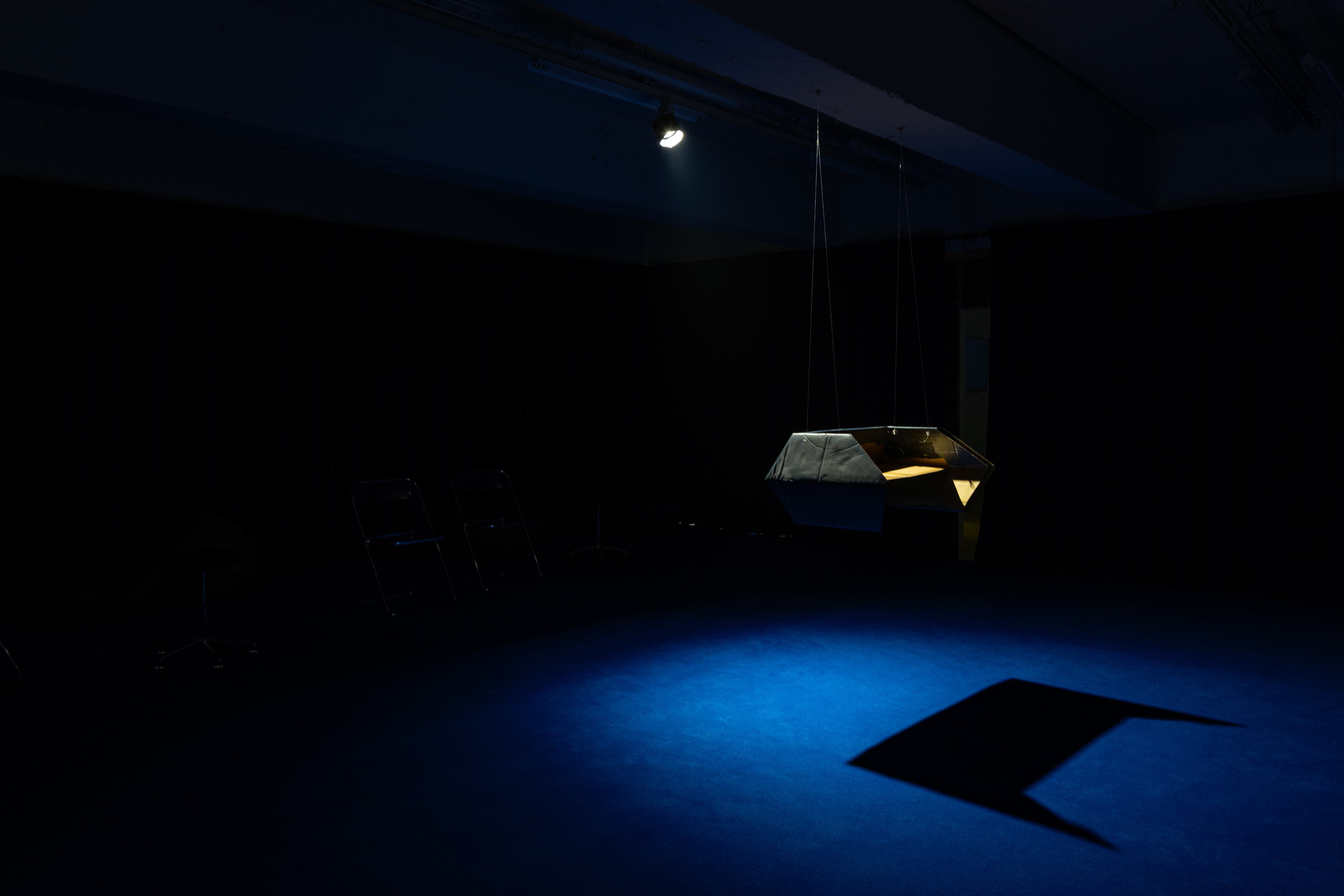
Installation view, ‘Not retrospective’, Kwan Sheung Chi, solo exhibition, Kiang Malingue, Tin Wan, Hong Kong, 2023.
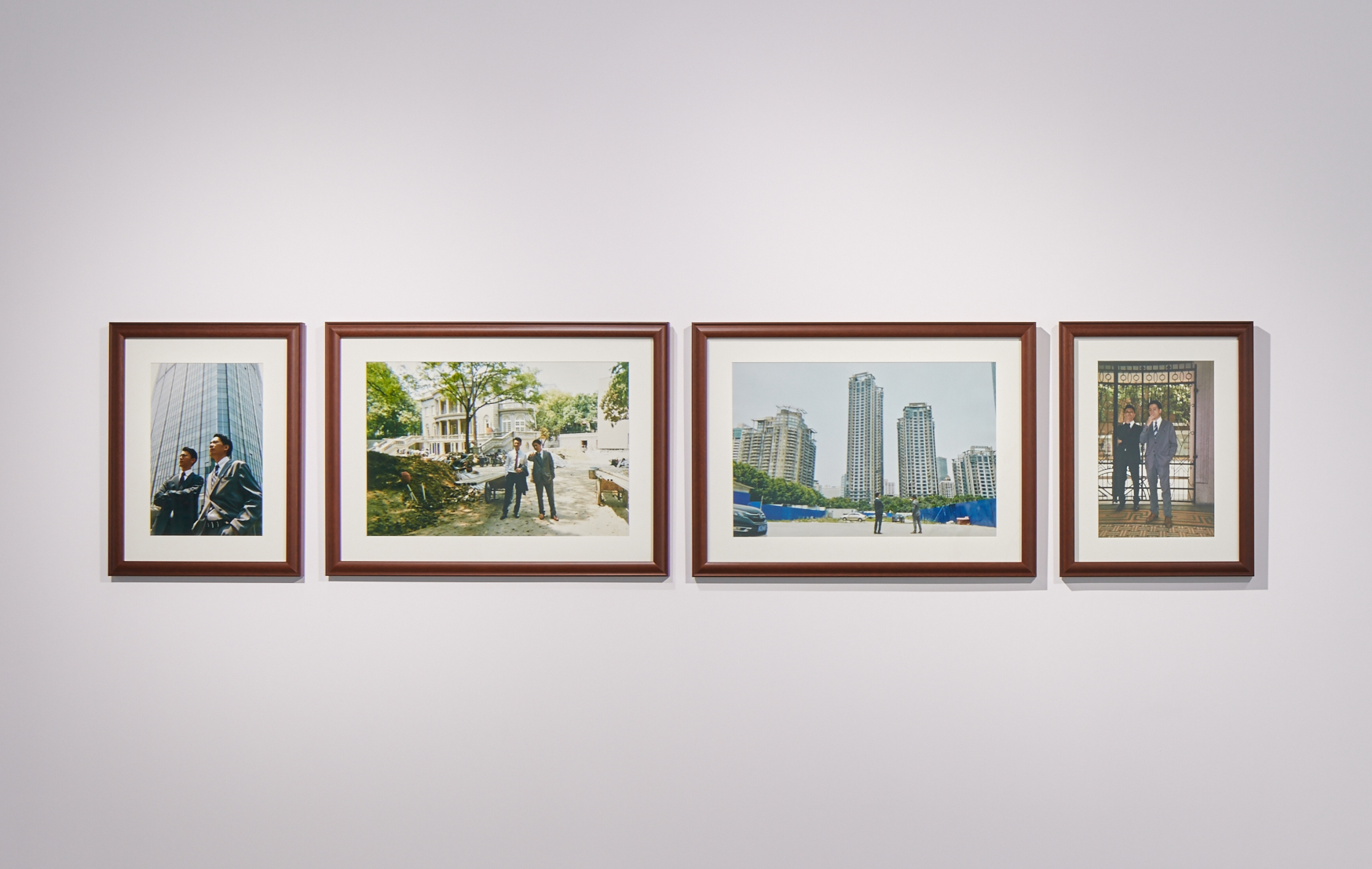
2019
C-print
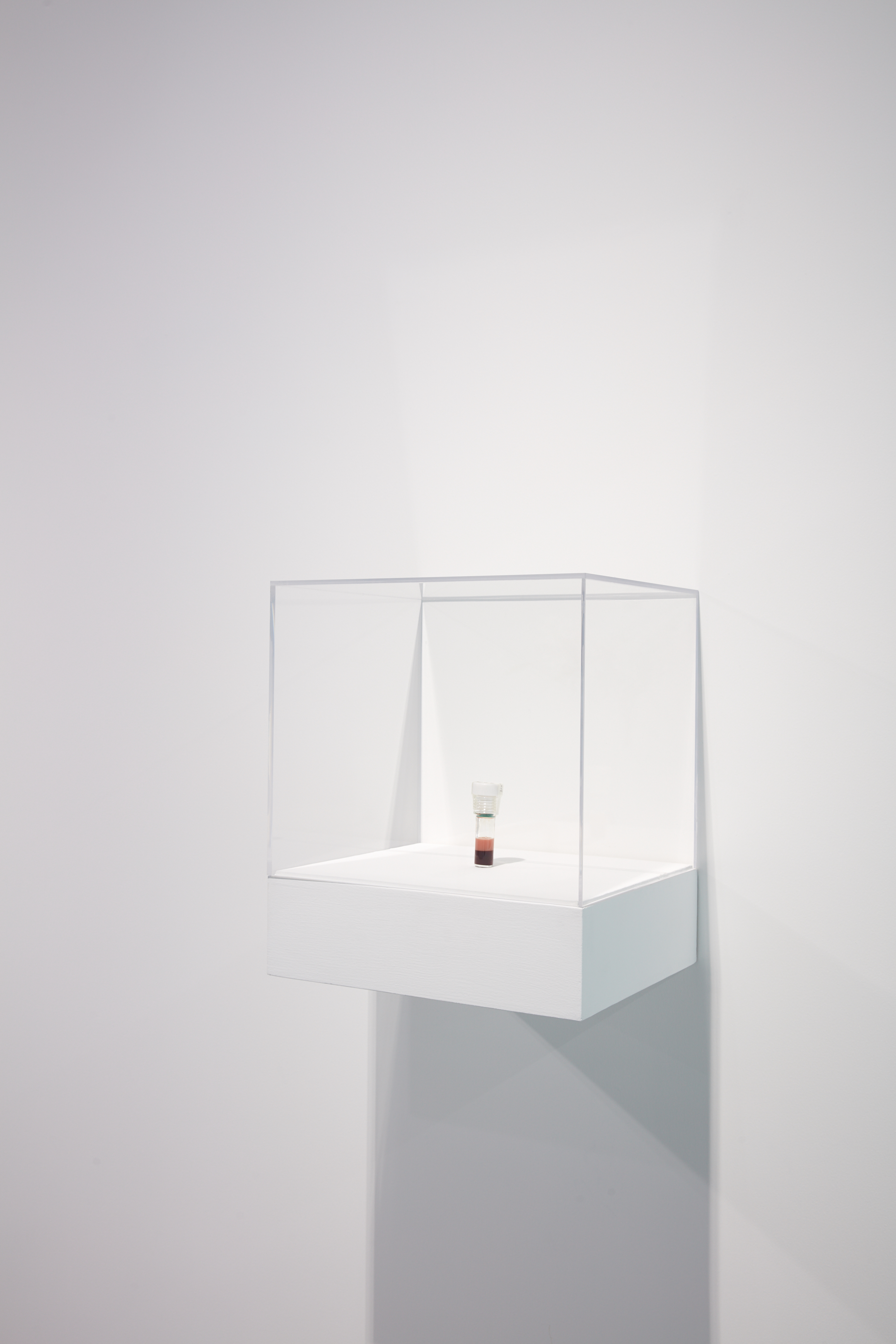
2019
Artist’s blood (5cc) in glass sample tube, 8.8 x 3.2 x 3.2 cm
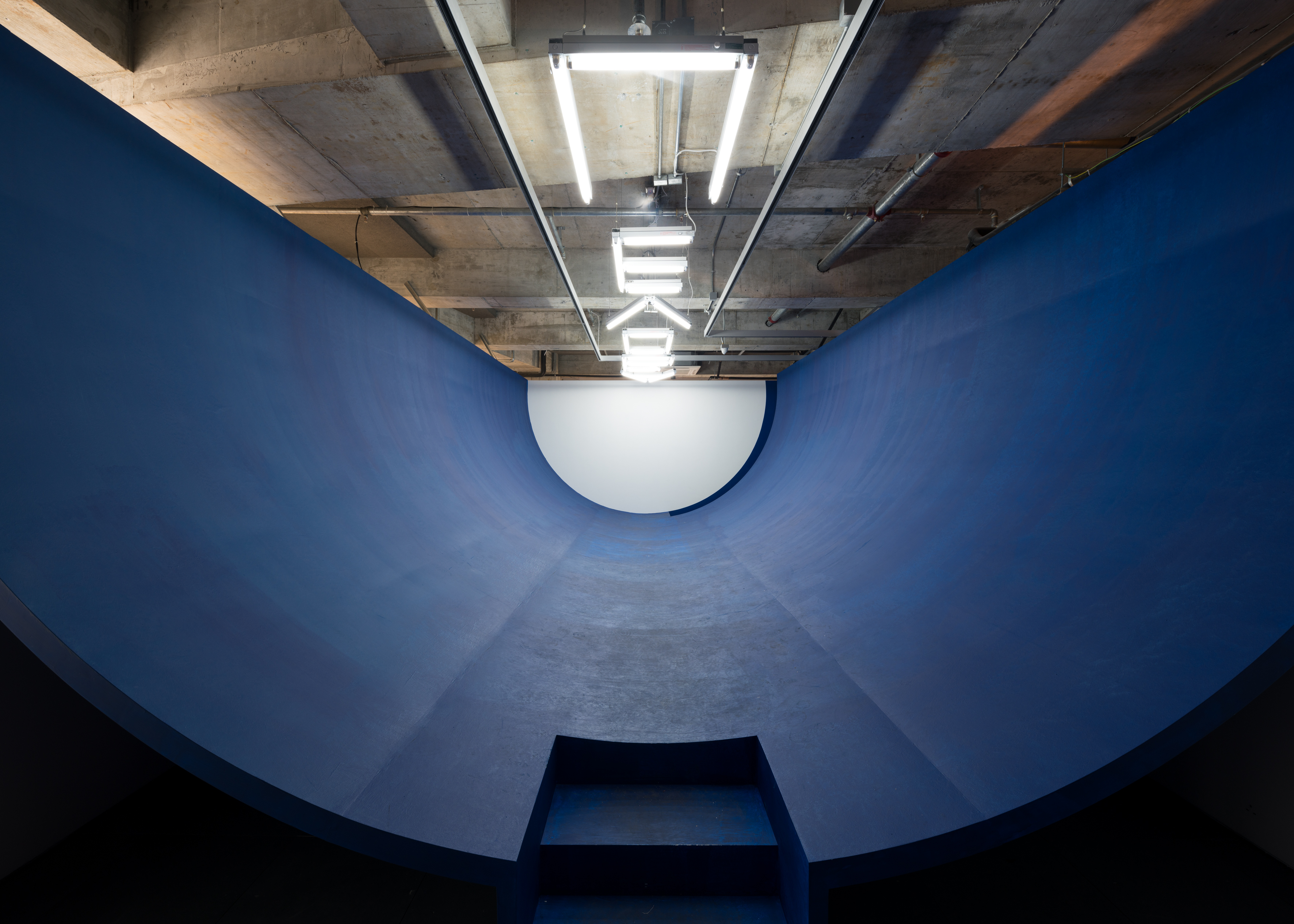
2017
Installation with fluorescent light sculpture, Chroma key construction, television live production system, live video feeds
Dimensions variabel
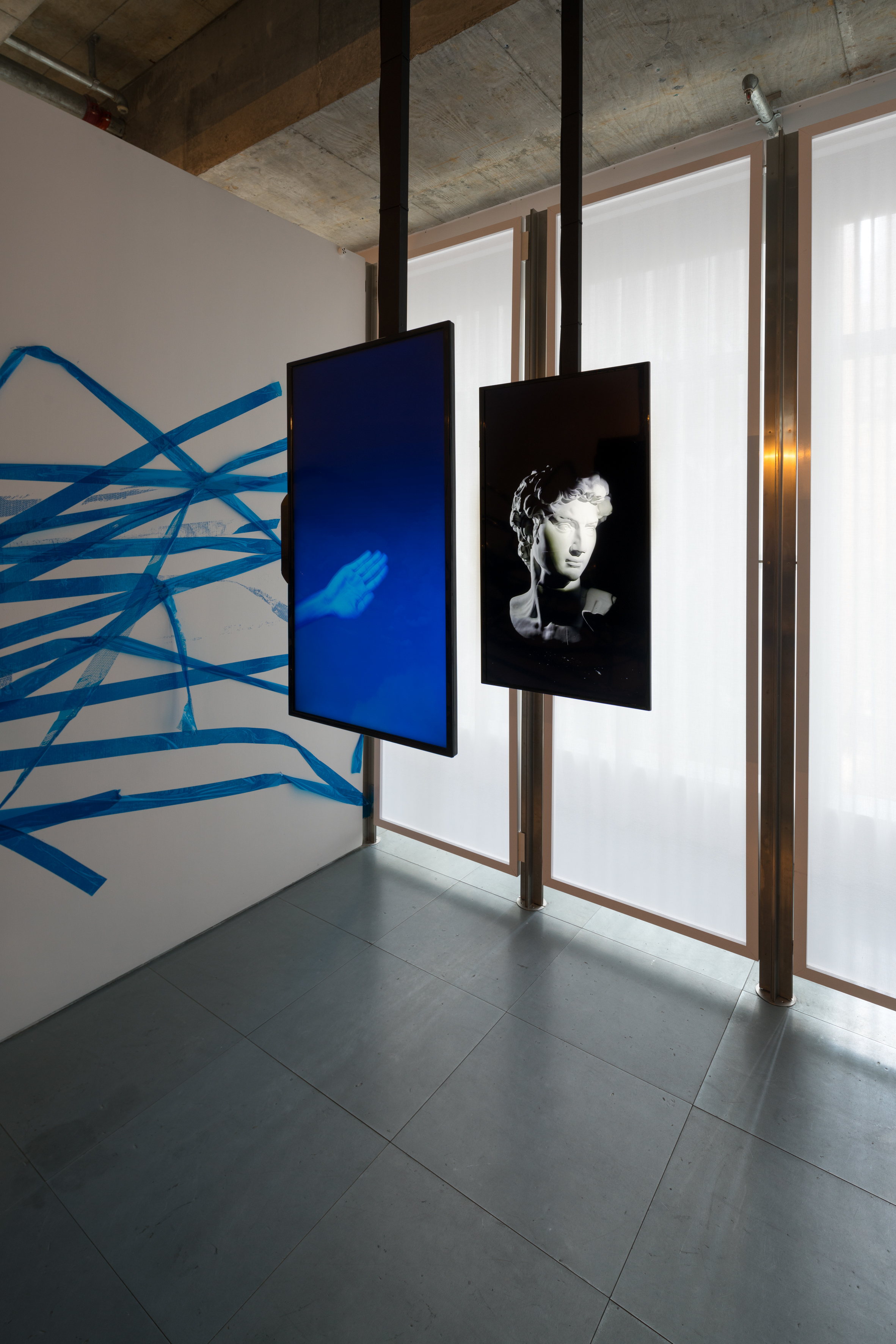
2017
2 channel video installation; UHD video, 16:9, color, mono sound
3 min 4 sec
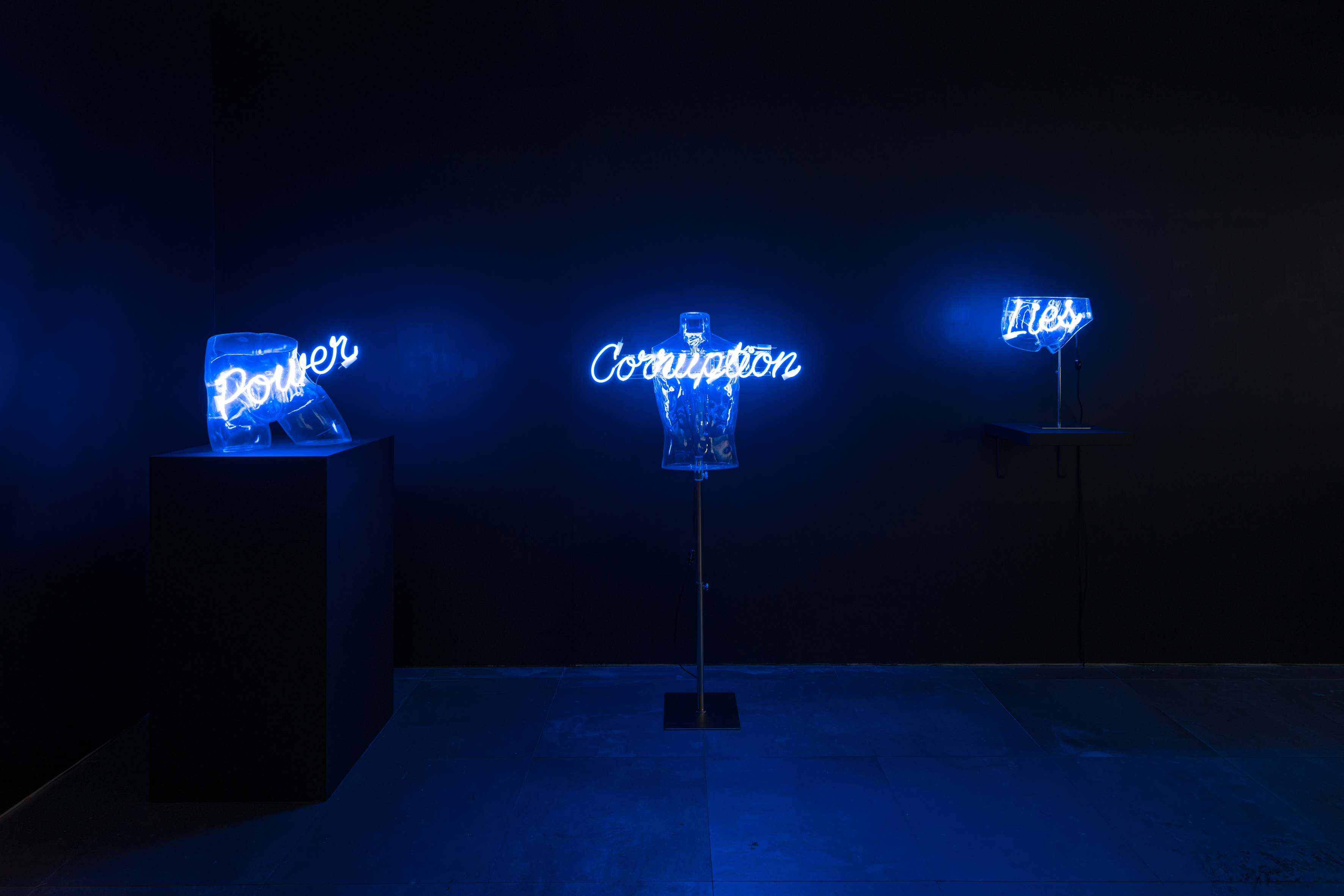
2017
Neon light sculptures with clear plastic mannequins, stainless steel stands
Power:
H39.5 x W47 x D31 cm
Corruption:
H66 x W83 x D24 cm
Lies:
H23 x W33 x D29 cm
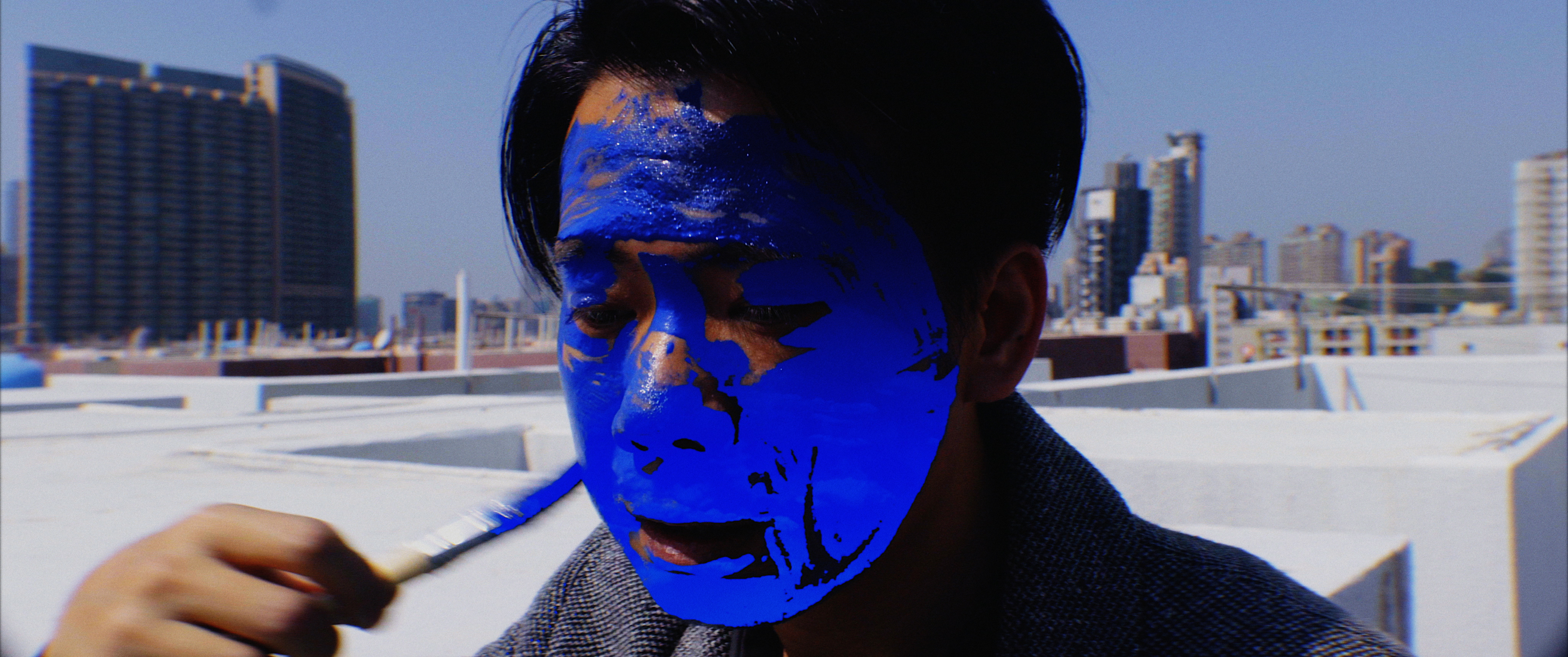
2017
Video, DCI 4K CinemaScope, 2.39:1, color, stereo sound
3 min 33 sec
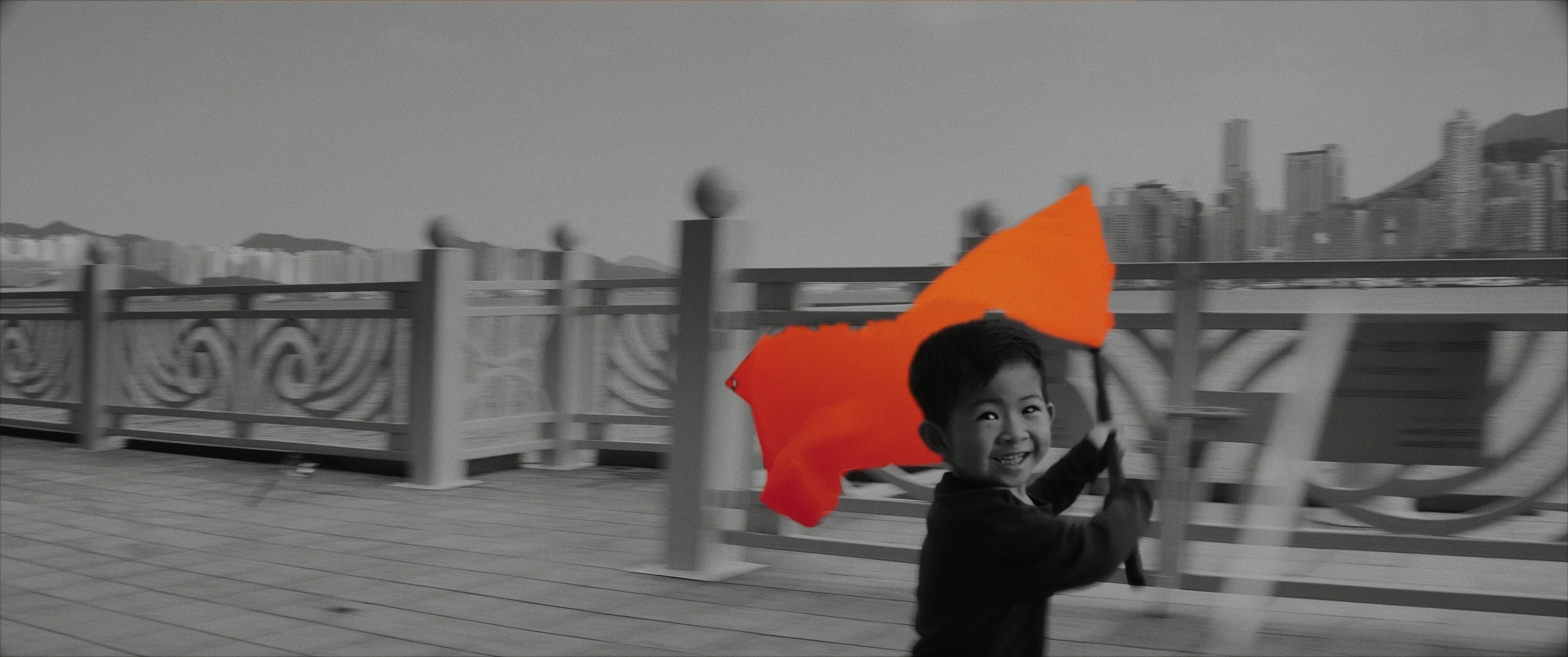
2017
Video, DCI 4K CinemaScope, 2.39:1, color, stereo sound
4 min 36 sec
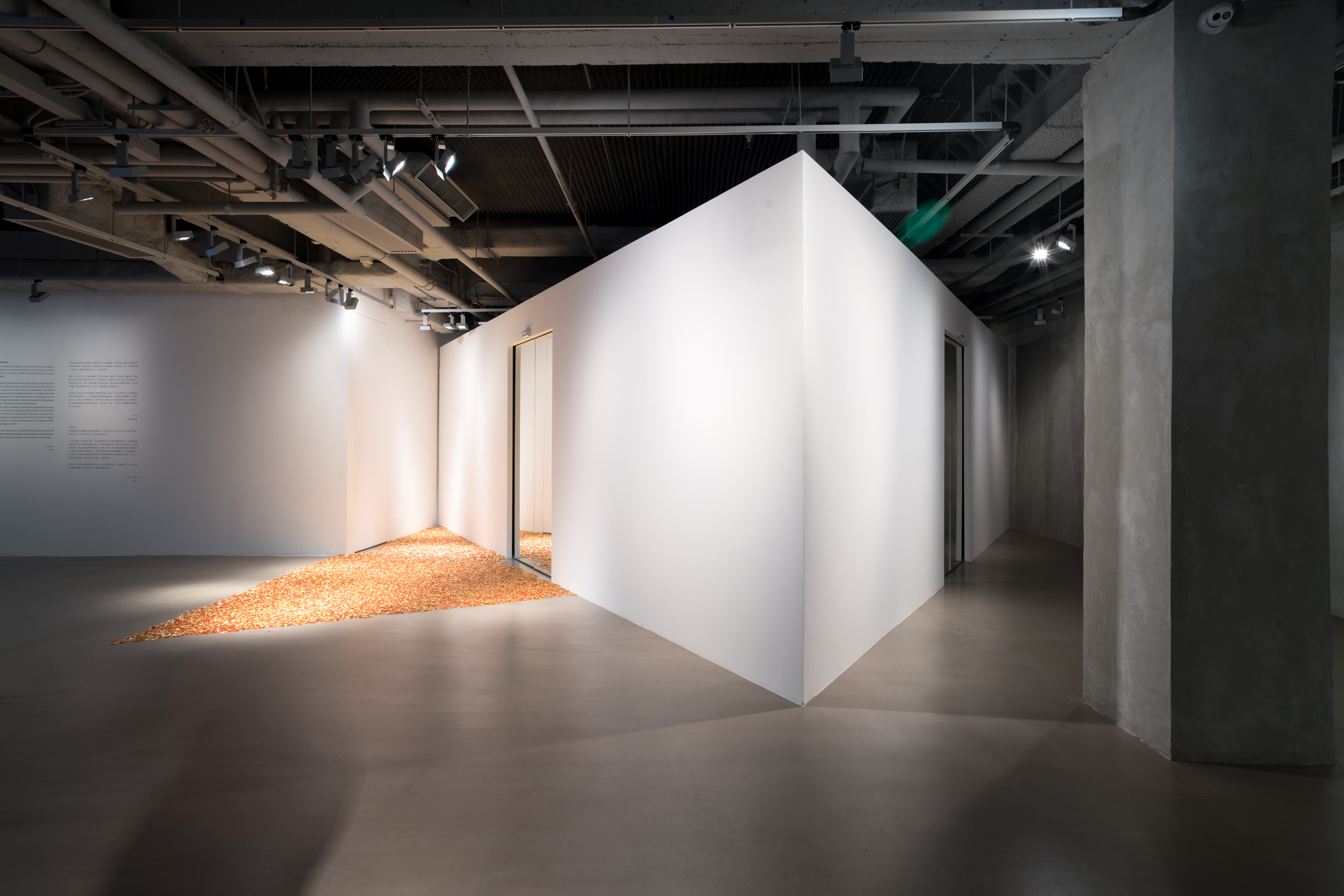
2016
Installation; room construction and automatic sliding doors
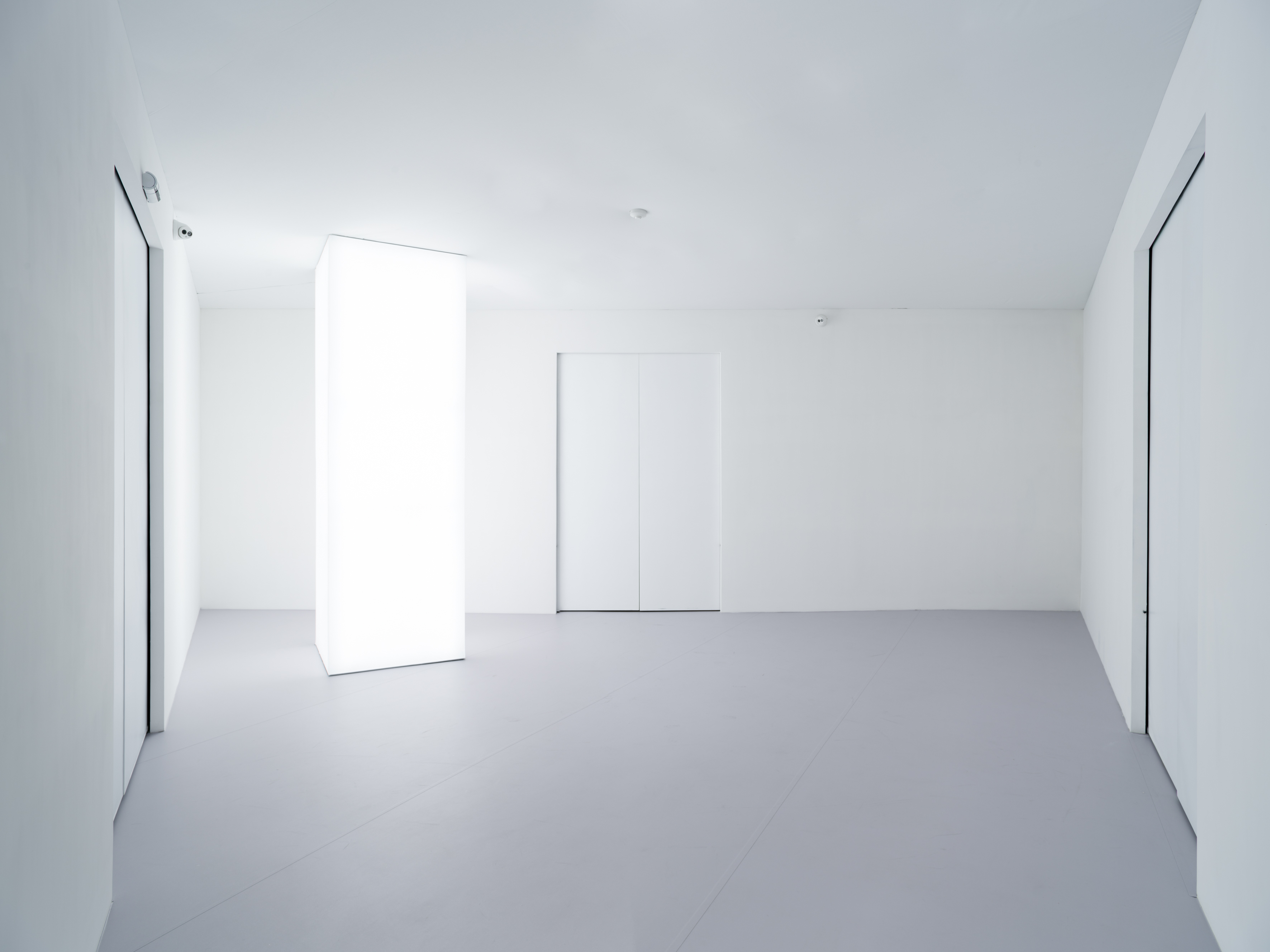
2016
Installation; room construction and automatic sliding doors
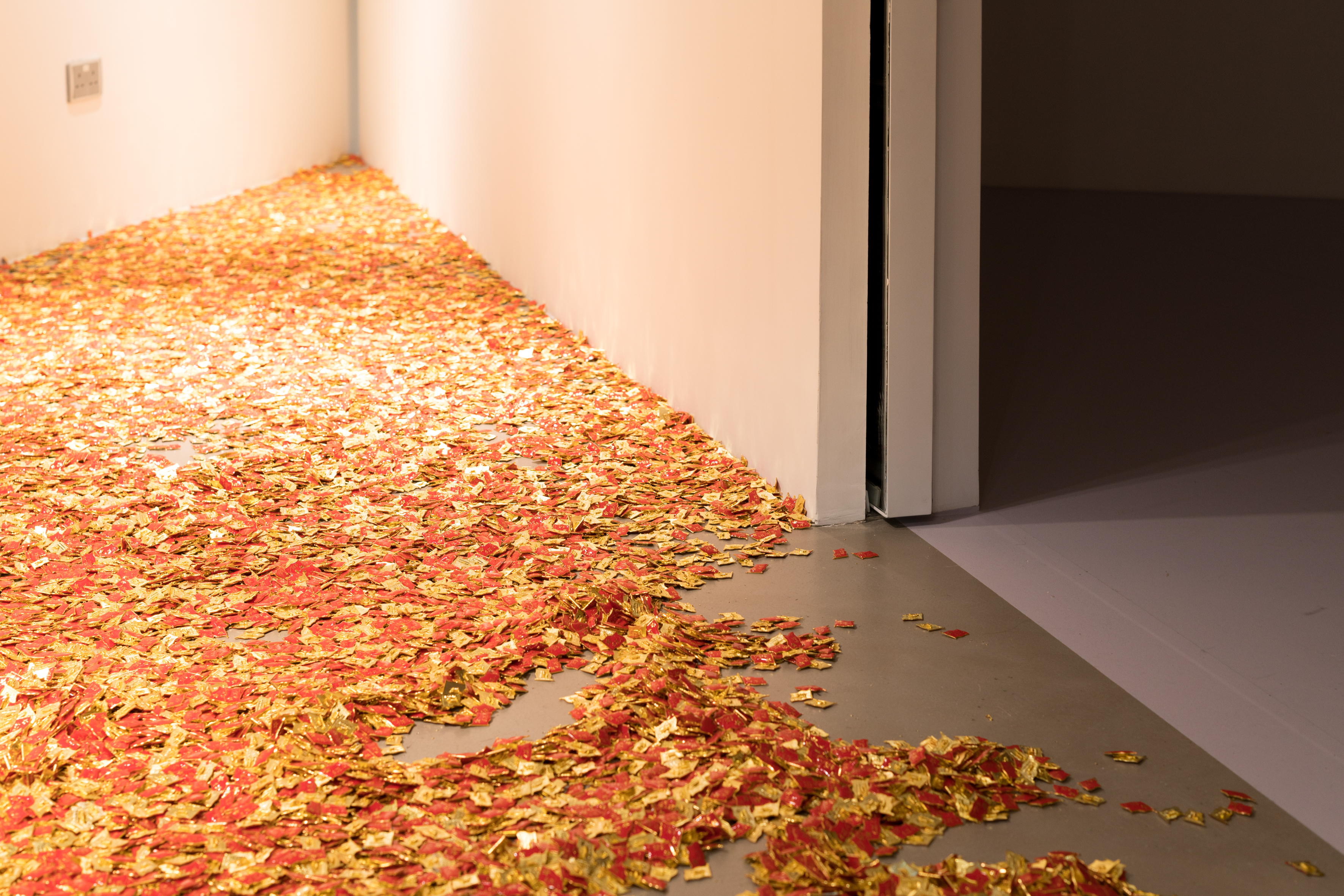
2016
70,000 metal badges
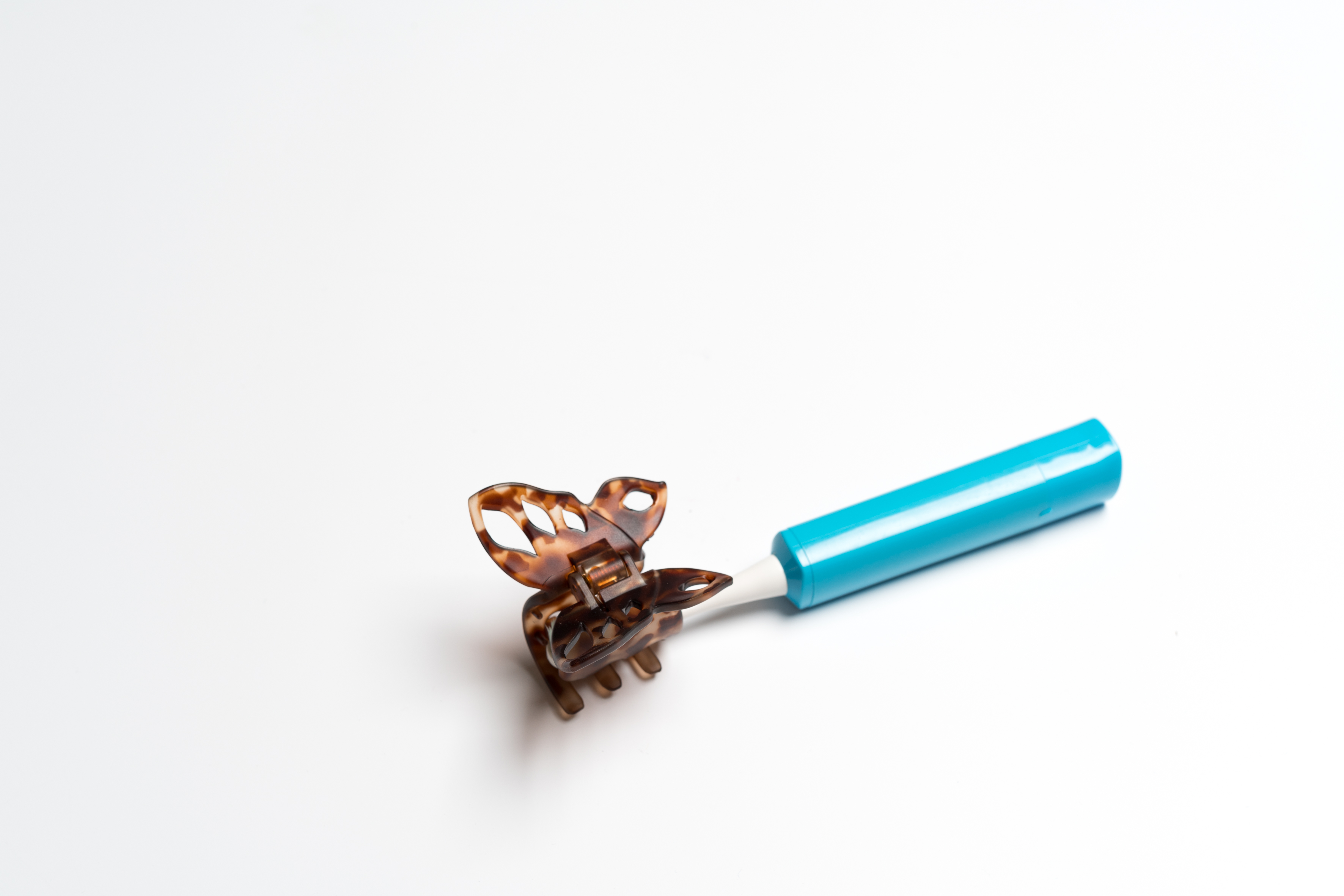
2015
Butterfly shaped hairslide, battery powered toothbrush
5 x 6 x 19 cm
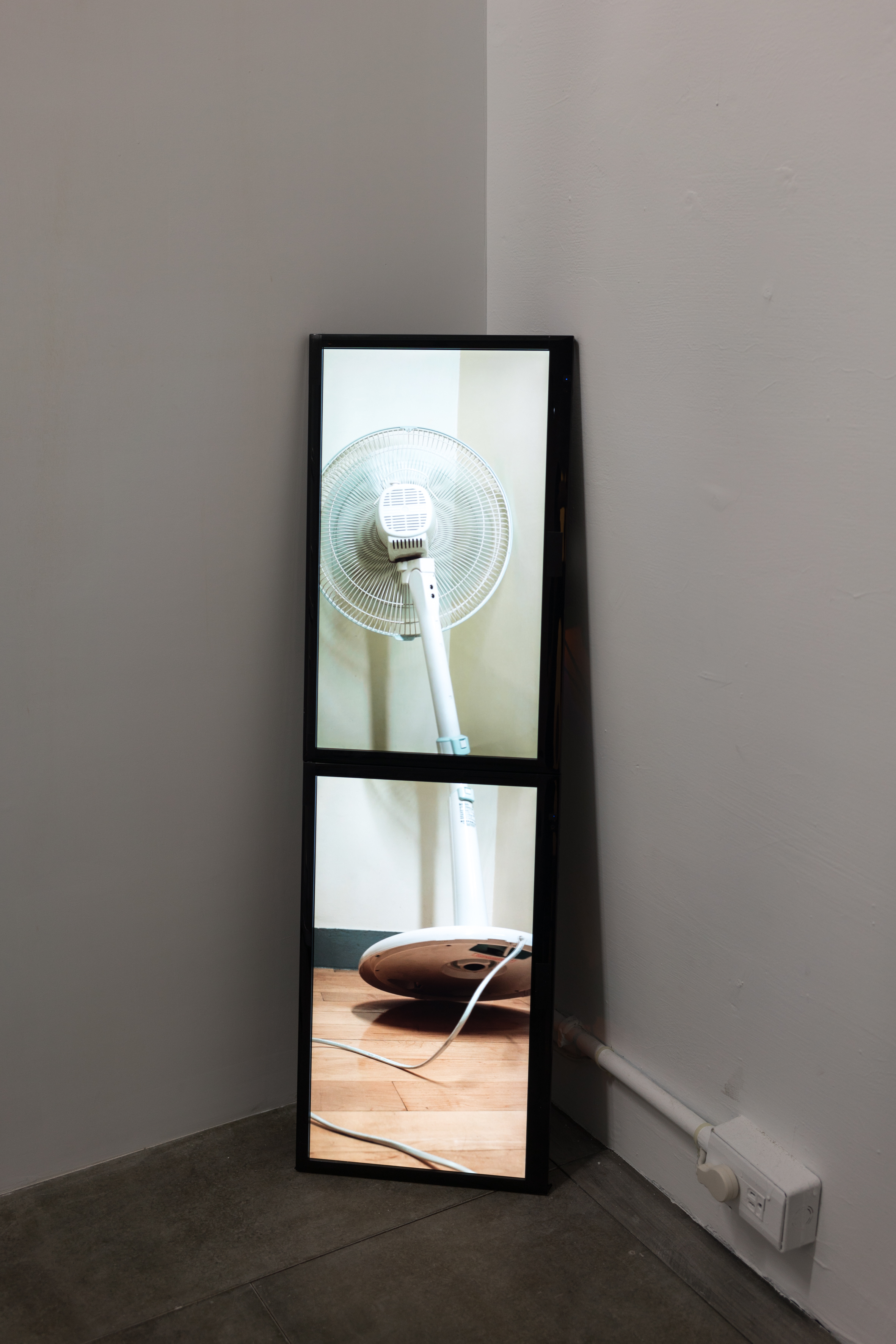
2015
2 channels video; HD video, colour, stereo sound
2 min 4 sec
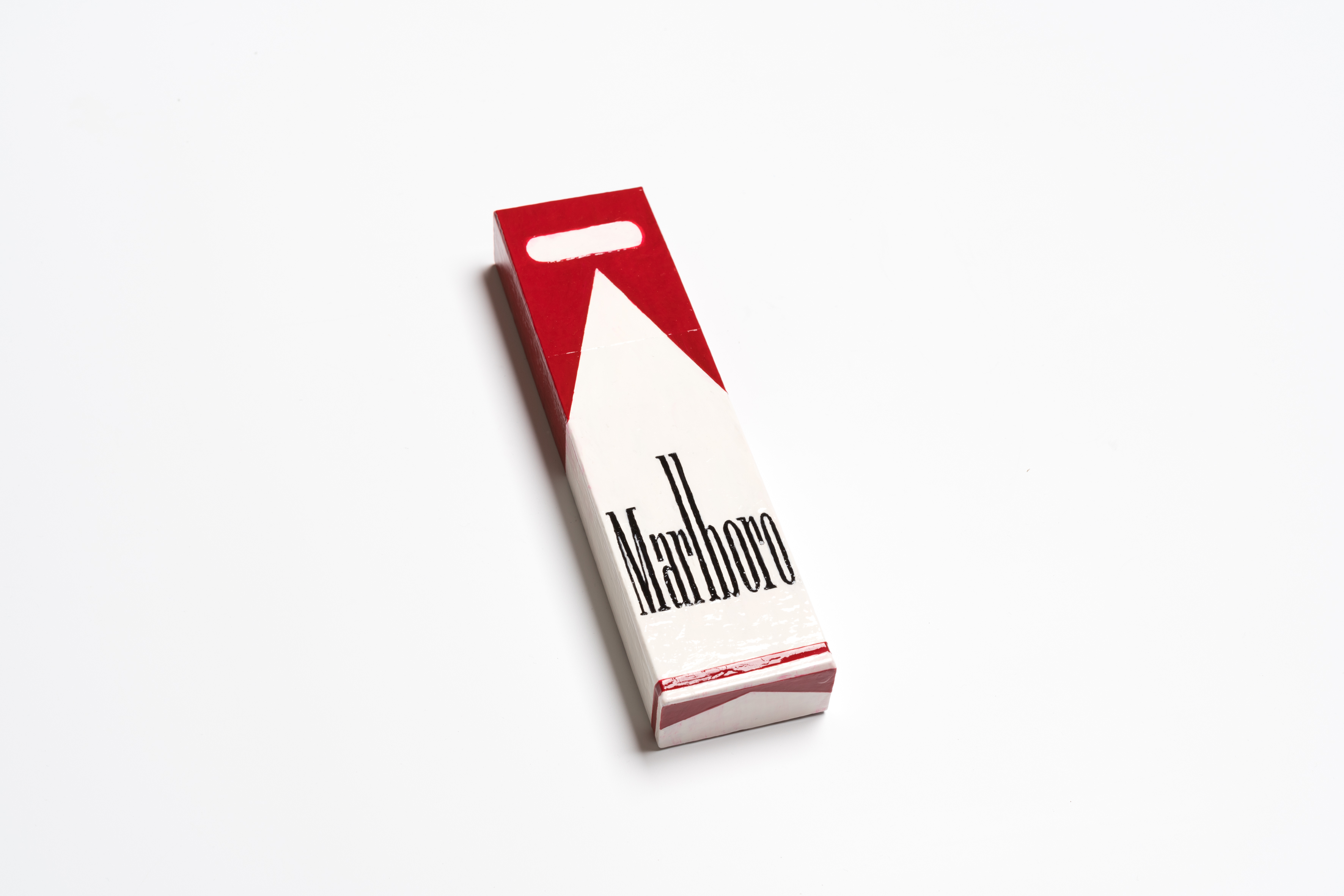
2015
Nail polish and topcoat on whetstone
2.5 x 5.5 x 20.5 cm
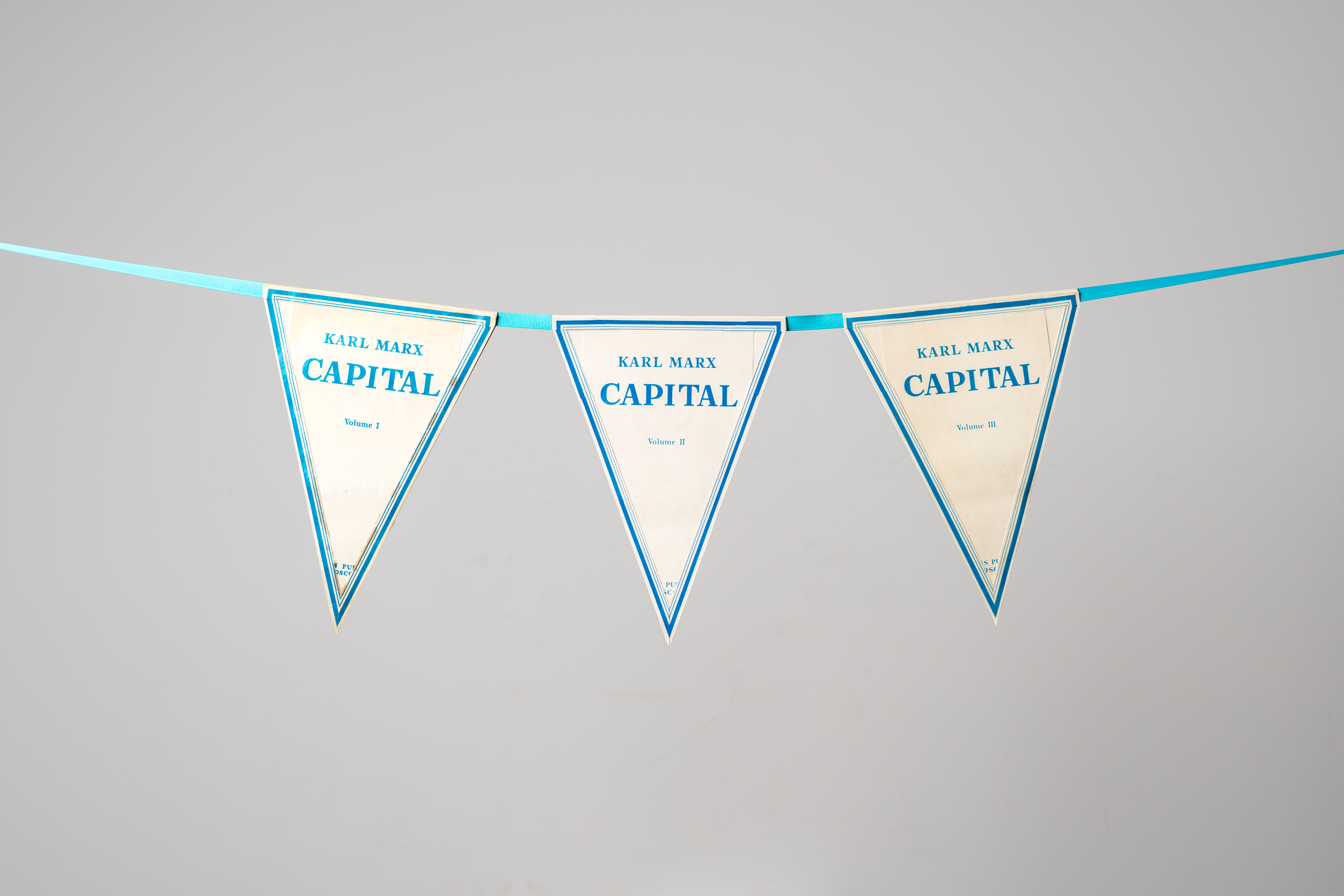
2015
Used books’ dust jacket of ‘Capital’, by Karl Marx, ribbon
22 x 16 cm each flag
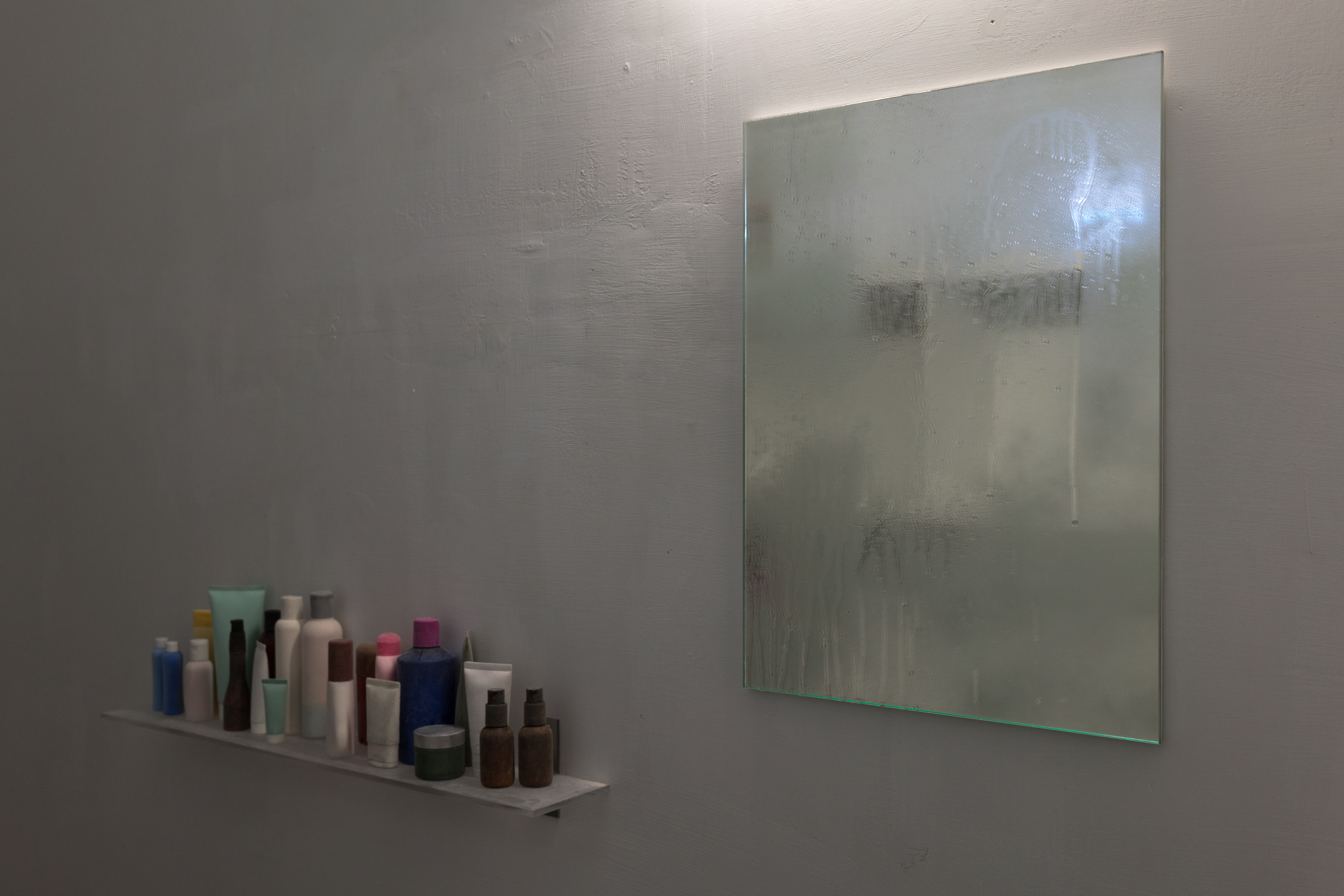
2015
Gloss spray and model realistic water on mirror
50.5 x 40.5 cm
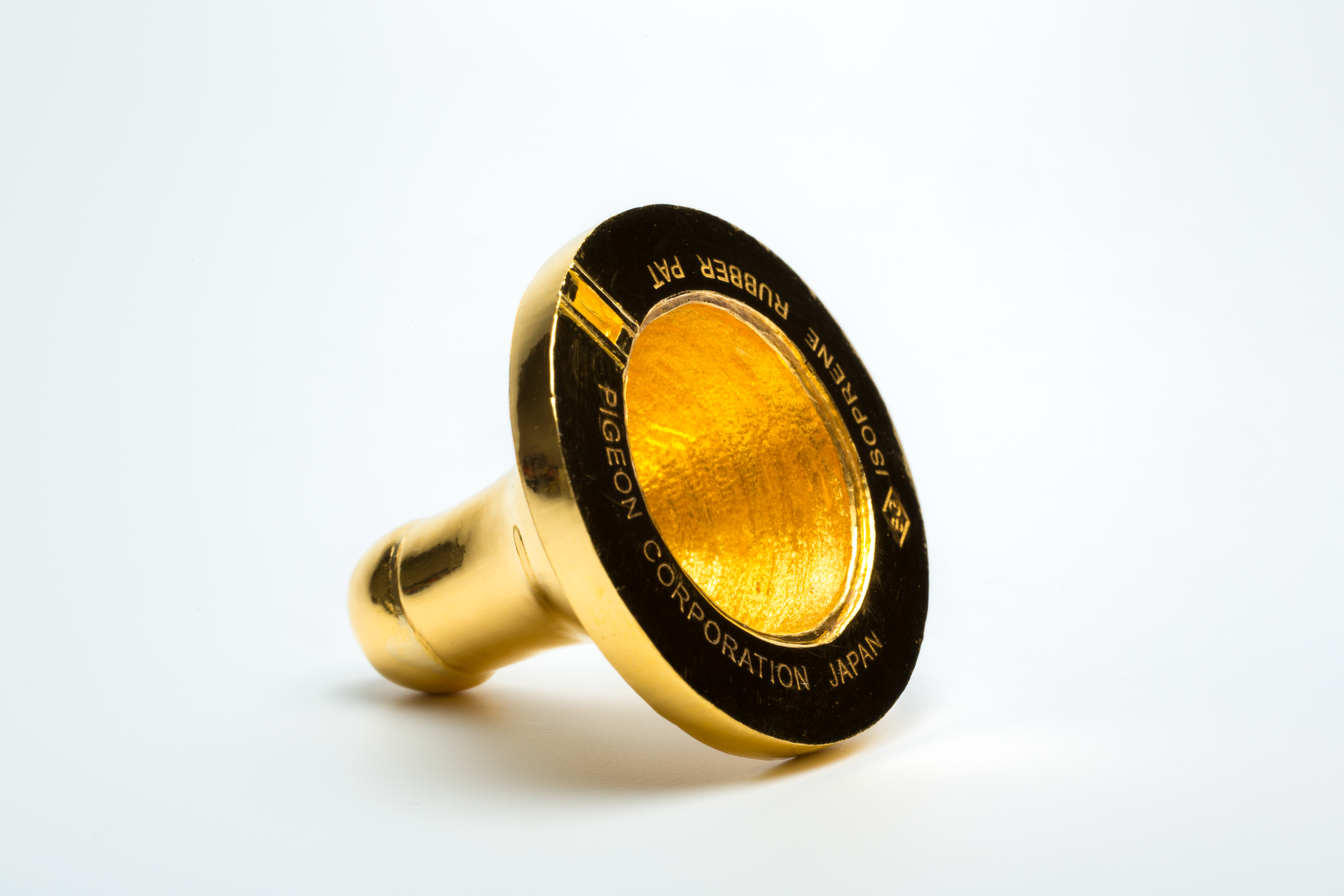
2014
Installation; pure gold, LED torch, lambda print, wood shelf
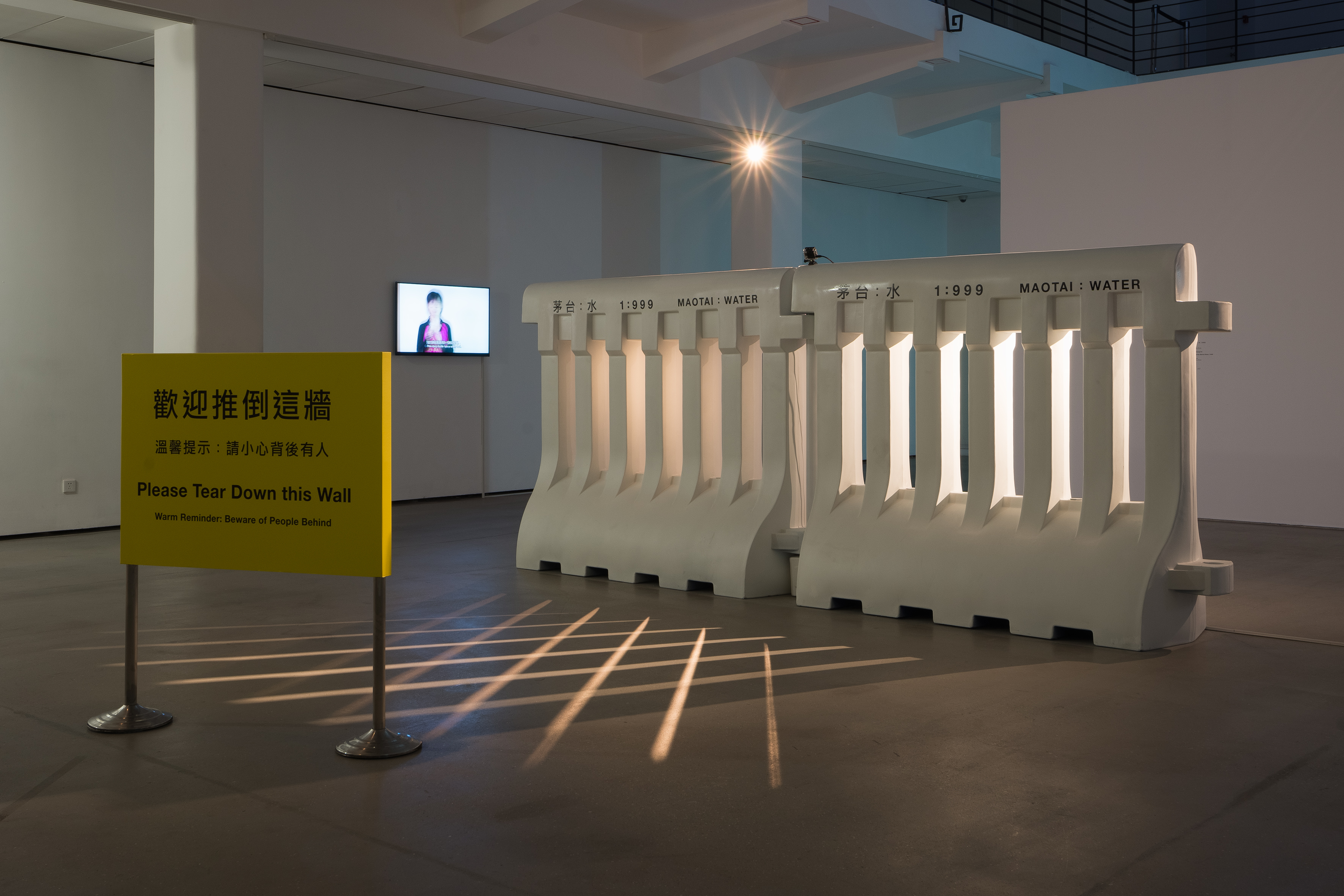
2013
Two channel video installation
175 x 430 x 400 cm approx.
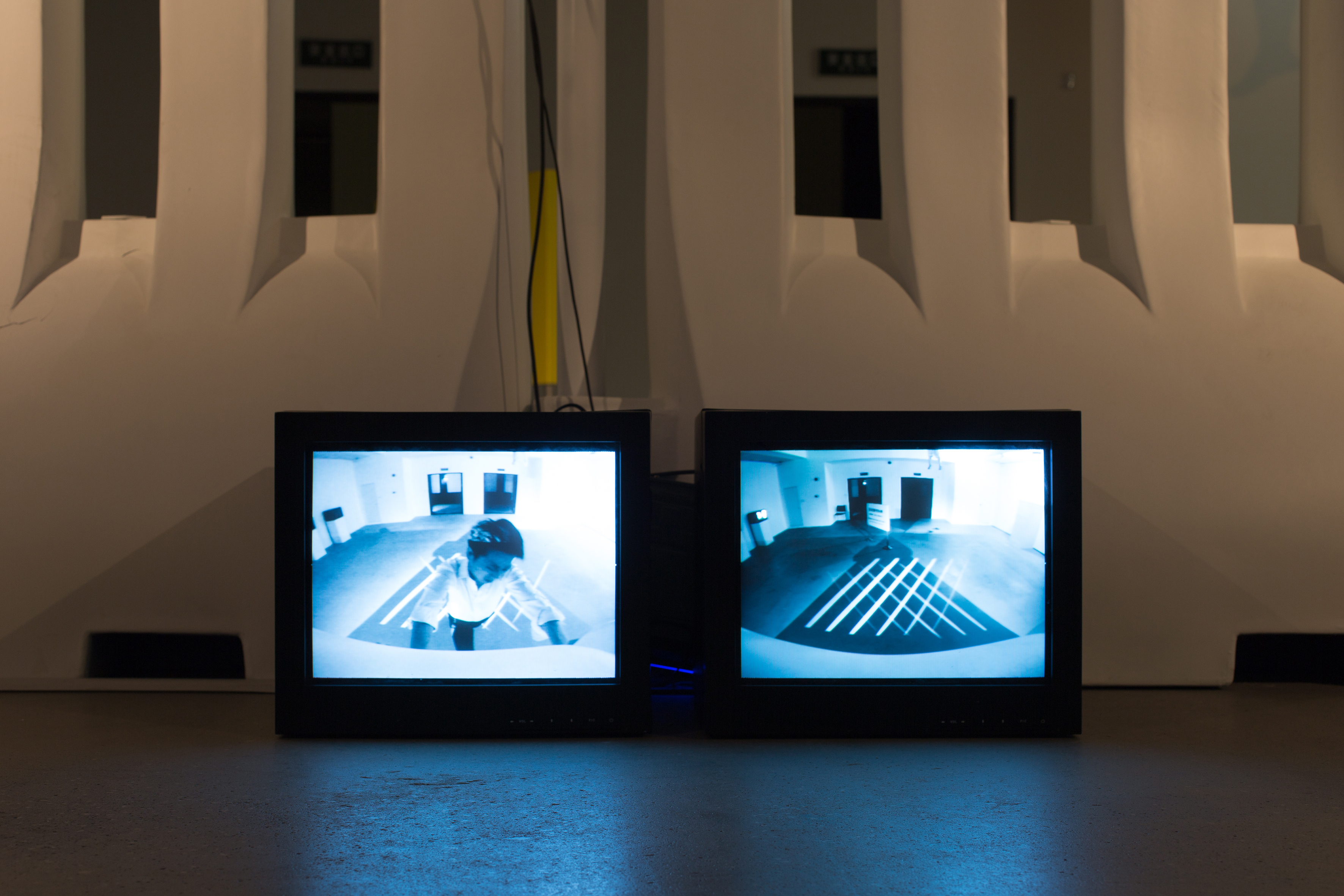
2013
Two channel video installation
175 x 430 x 400 cm approx.
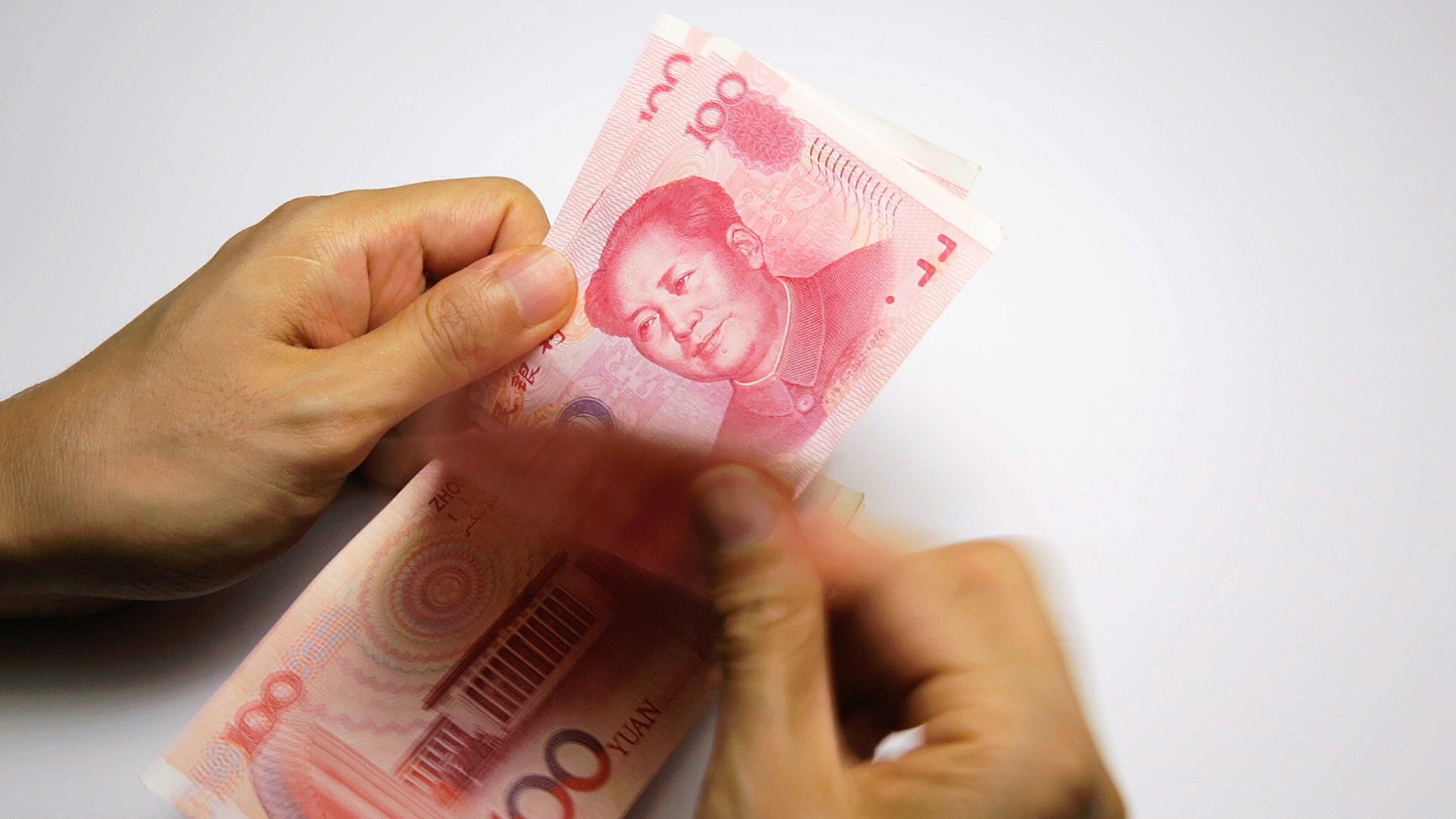
2013
Single channel video
80 min 24 sec
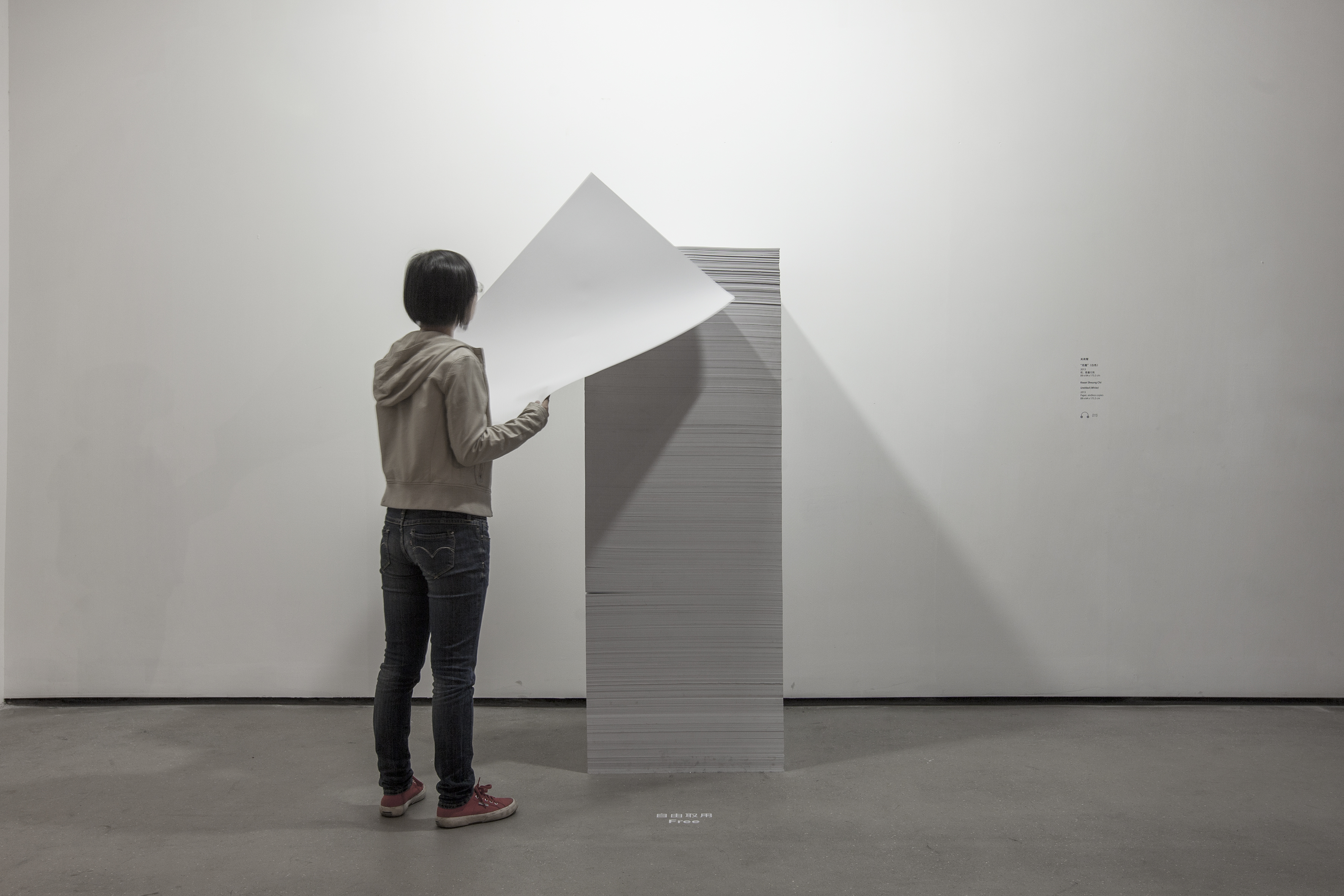
2013
Paper, endless copies
89 x 64 cm, 175.5 cm at ideal height
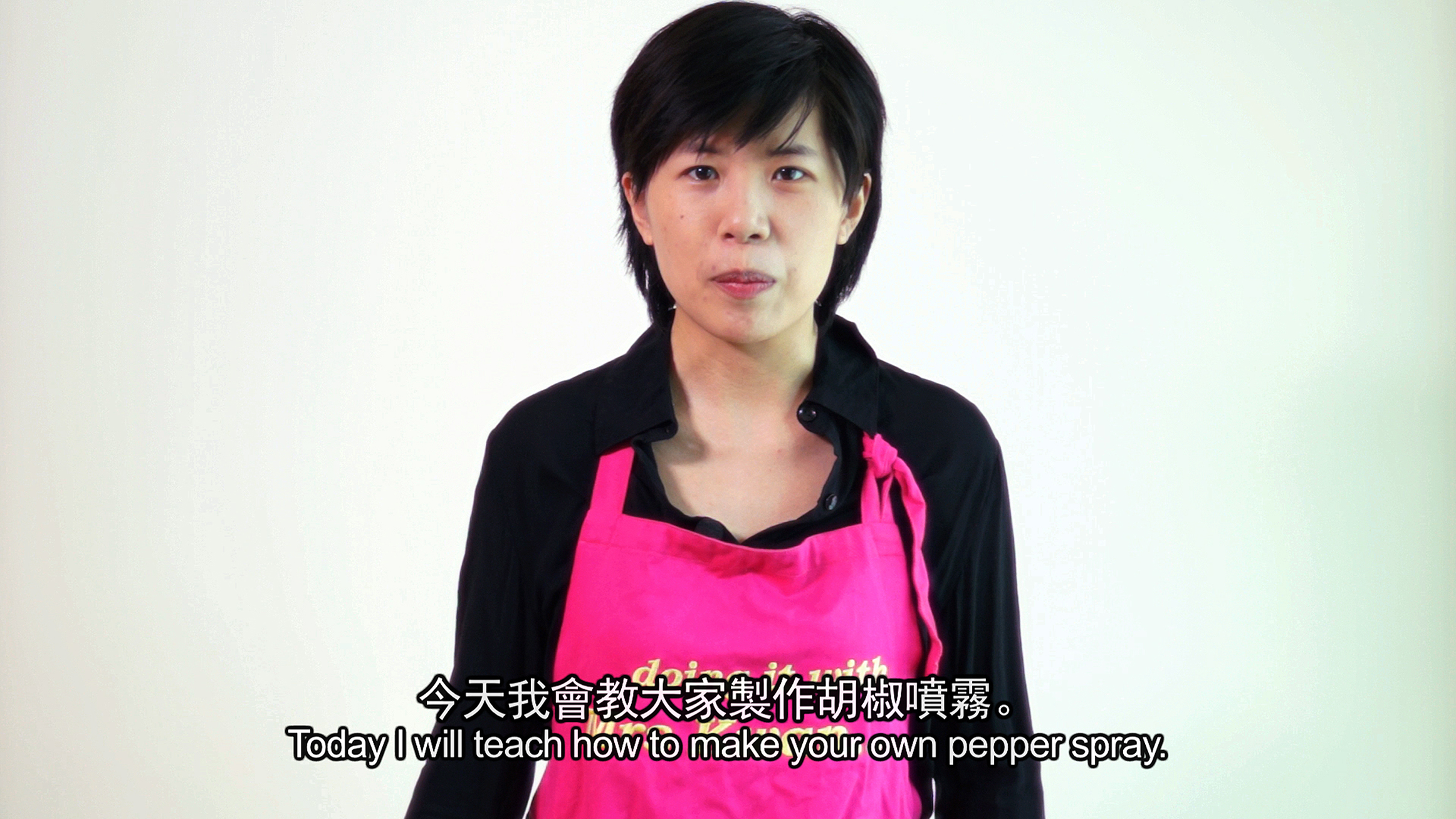
2012
Single channel video
5 min 16 sec
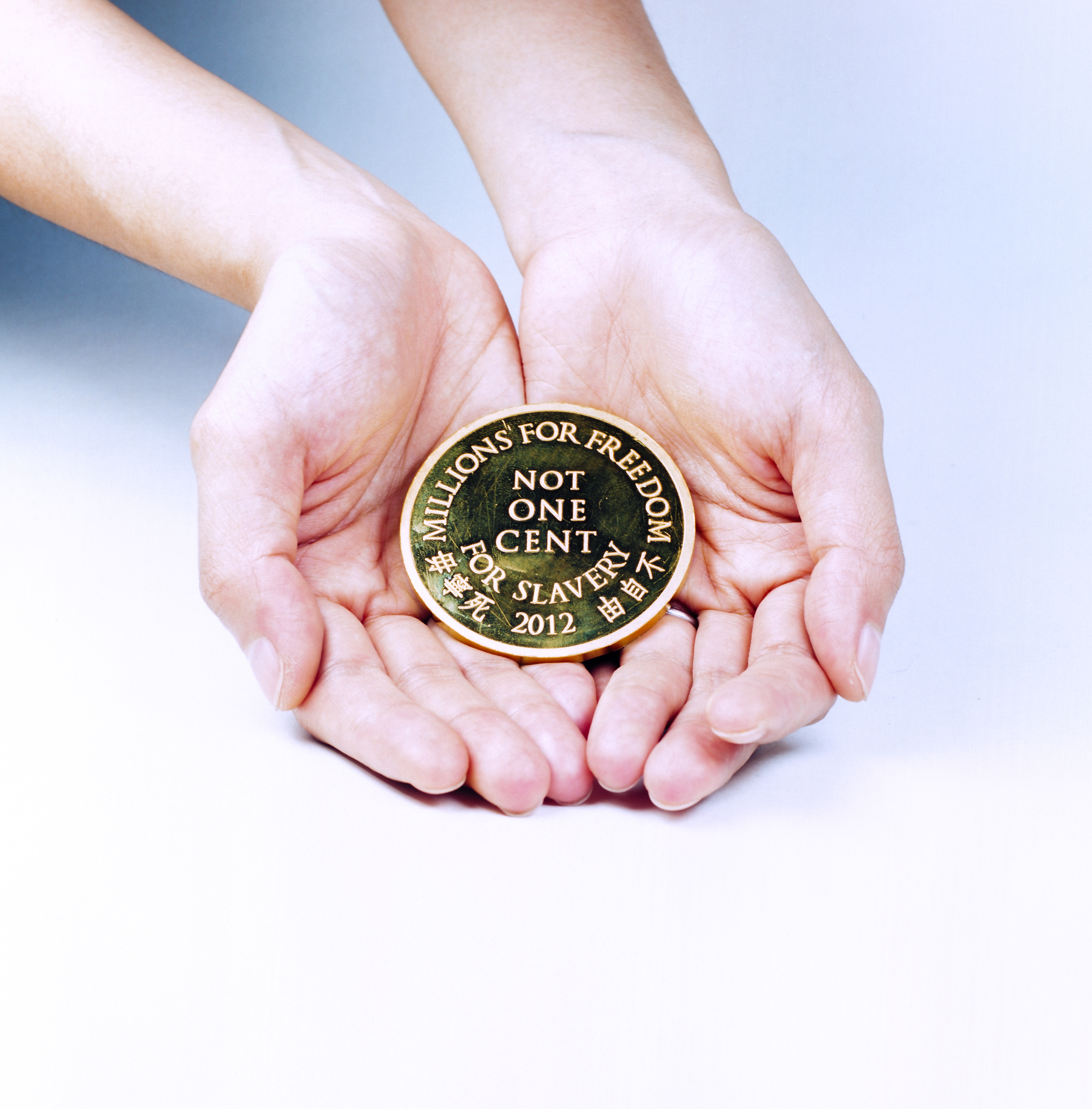
2012
Installation with happenings and video
Dimensions variable
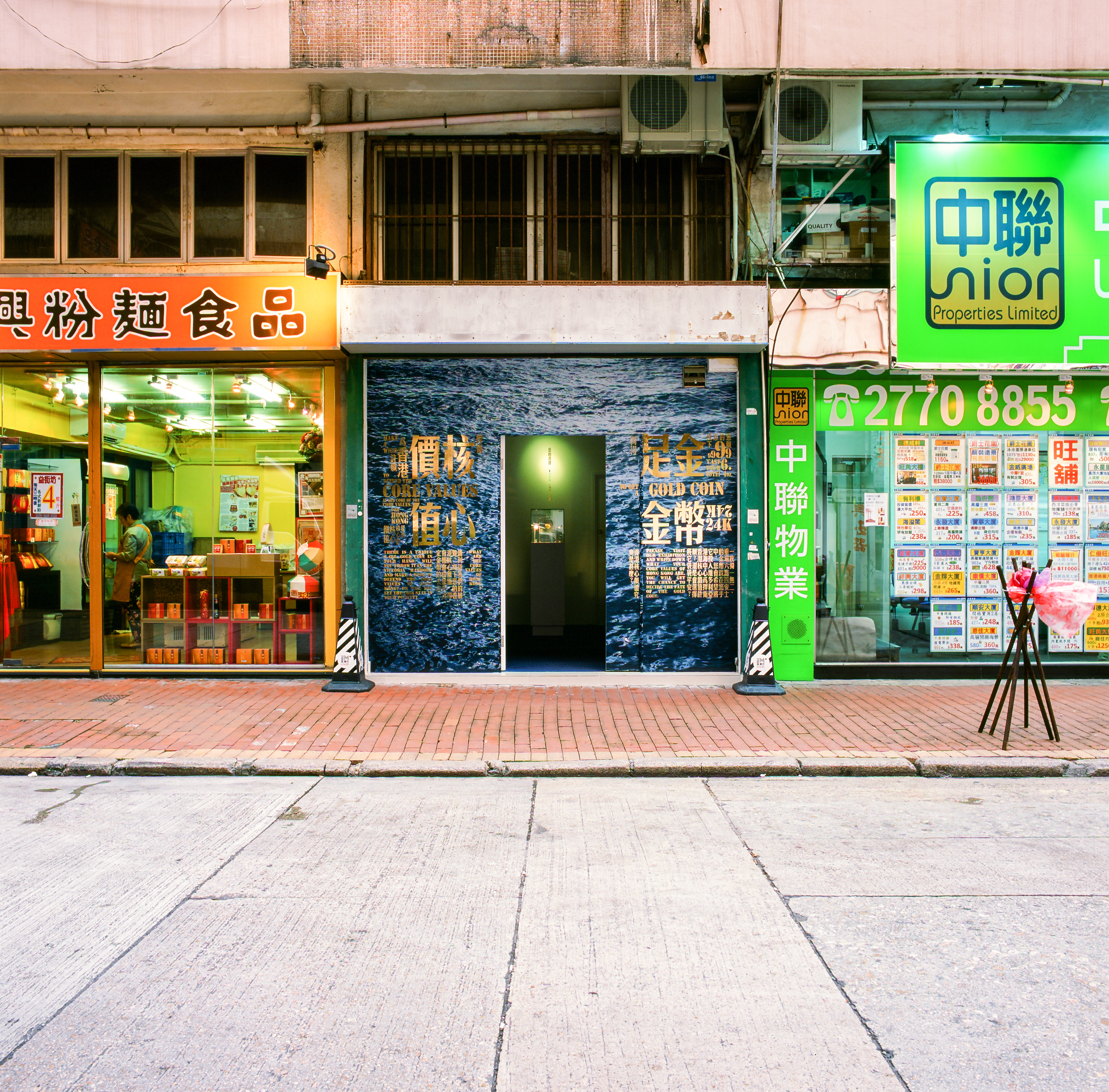
2012
Installation with happenings and video
Dimensions variable
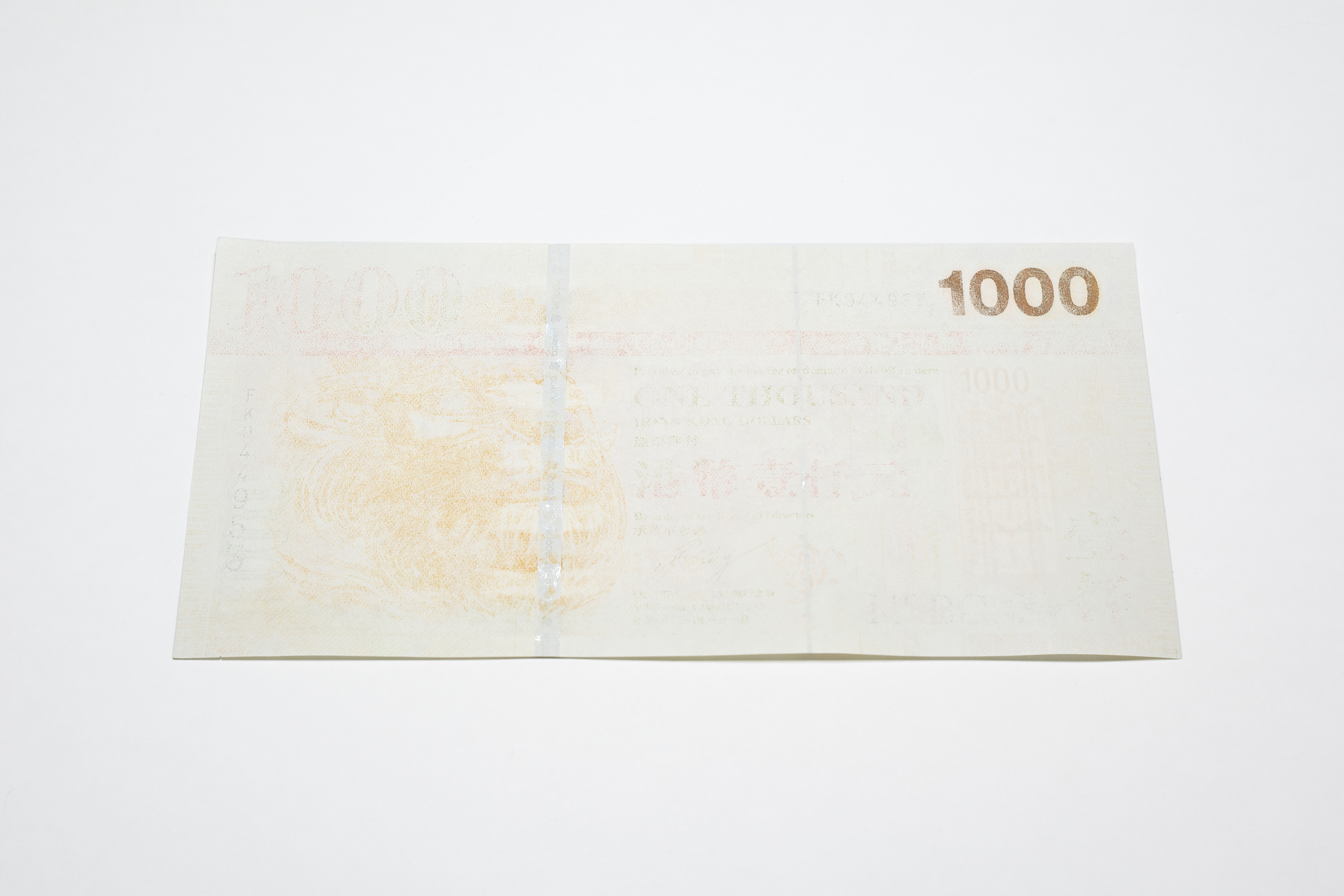
2012
One thousand dollars Hong Kong banknote, surface patterns erased with a rubber eraser
8.1 x 16.7 cm

2012
Offset print on paper; free poster to take away
29.7 x 42 cm (poster); 19 x 14 x 12 cm (globe)
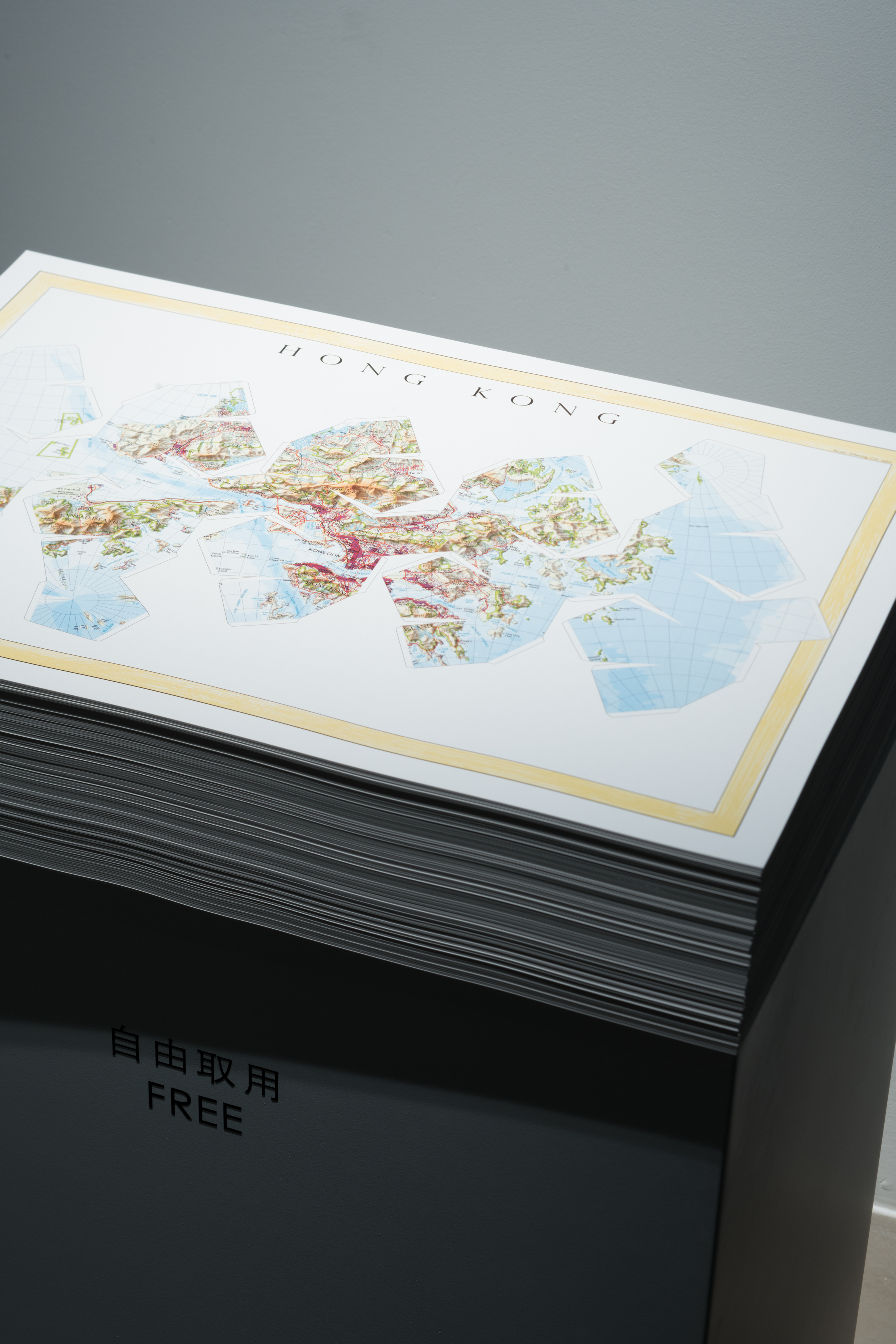
2012
Offset print on paper; free poster to take away
29.7 x 42 cm (poster); 19 x 14 x 12 cm (globe)
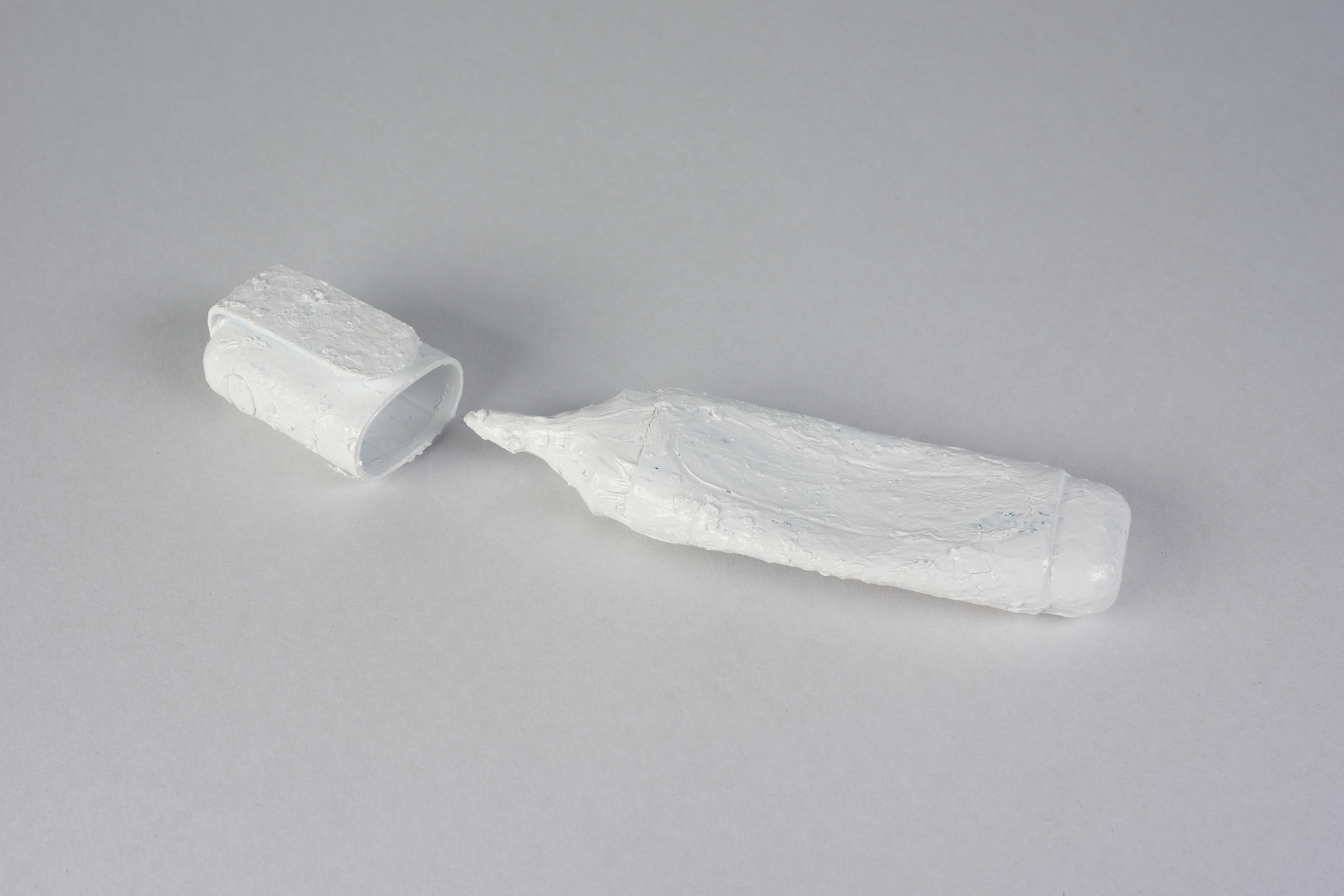
2012
Dripped correction fluid covering the correction pen previously contained it
Body: 9.8 x 2.4 x 1.8 cm
Cap: 3.4 x 2.4 x 1.3 cm
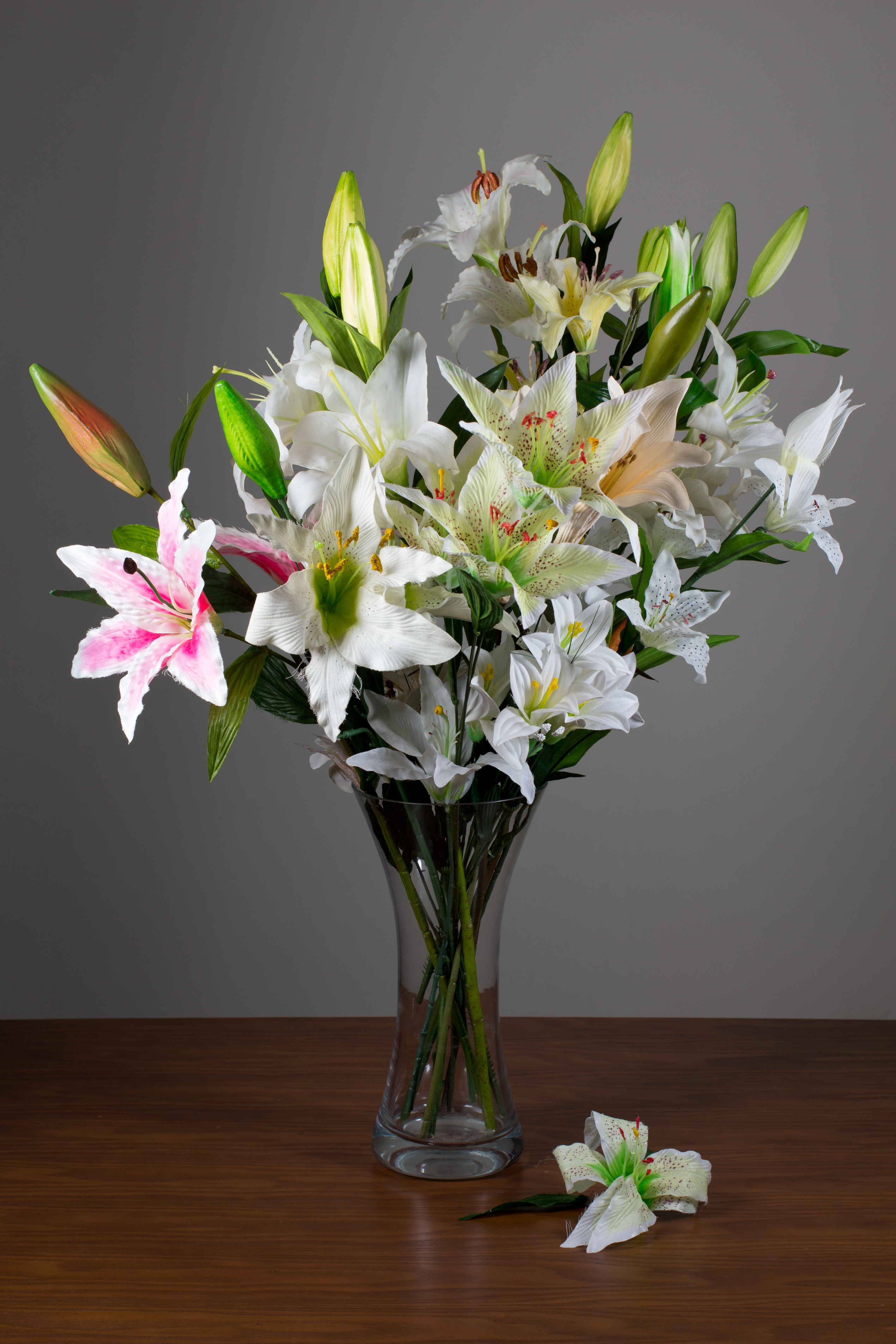
2012
12 different branches of artificial lilies
80 x 60 x 60 cm approx.

2012
Artist’s perspiration in perfume bottle
8.5 x 8.5 x 8.5 cm
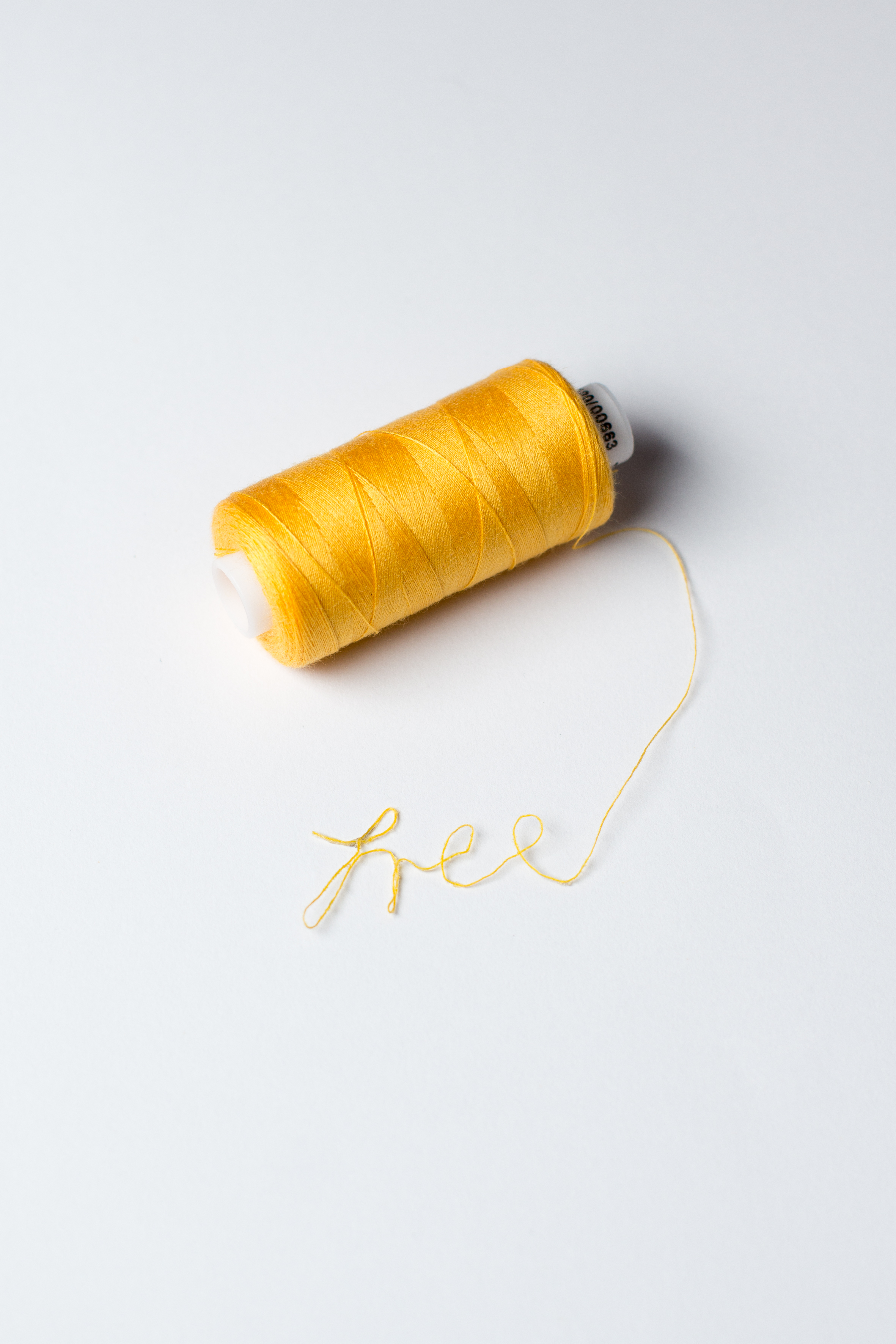
2012
Thread, glue
2.5 x 10 x 8 cm approx.

2012
Single channel video
1 min 11 sec
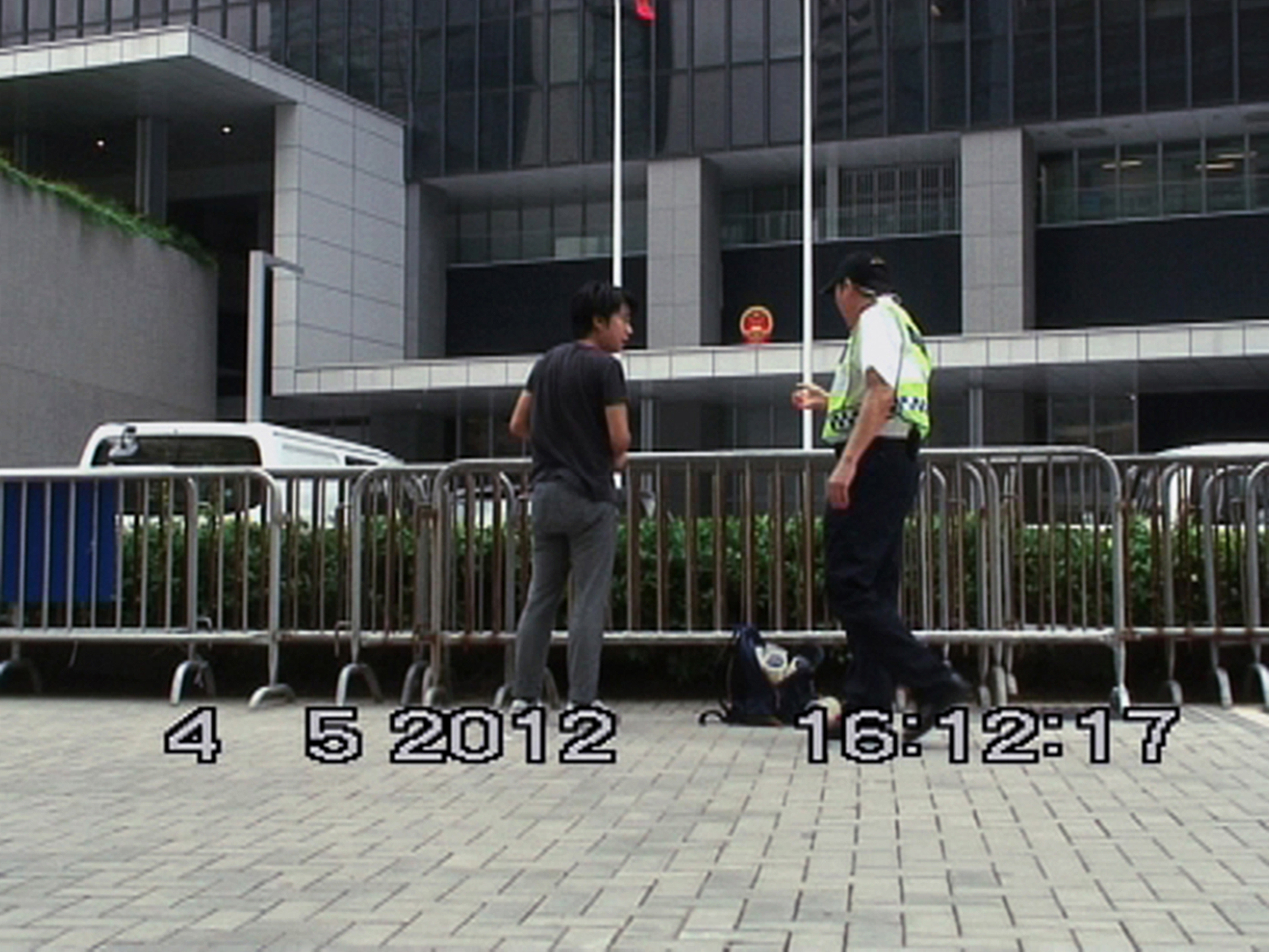
2012
Single channel video installation, with sculpture made from clear adhesive tape
100 x 200 x 100 cm approx.
63 min (video)
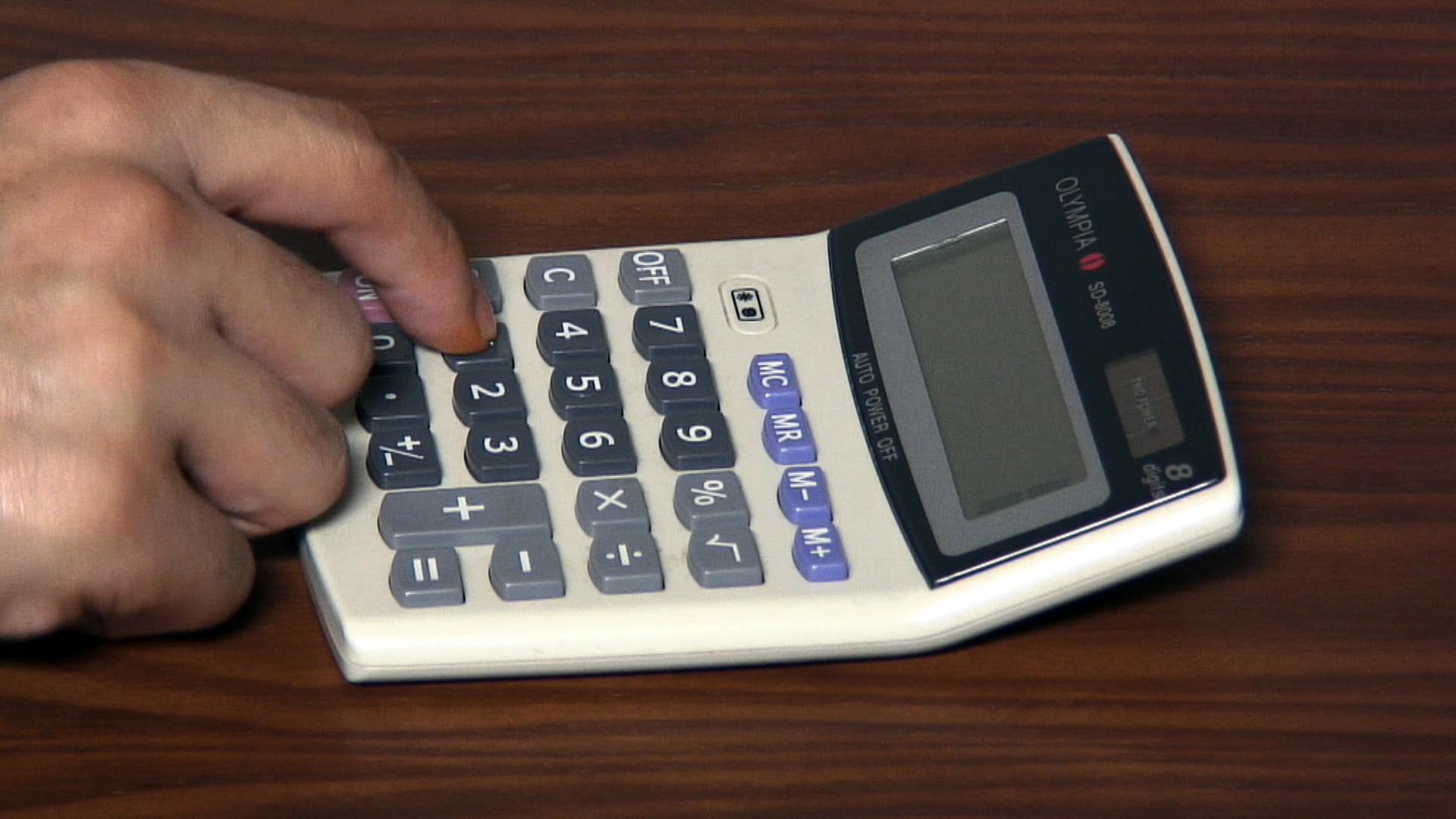
2011
Single channel video
1 min 25 sec
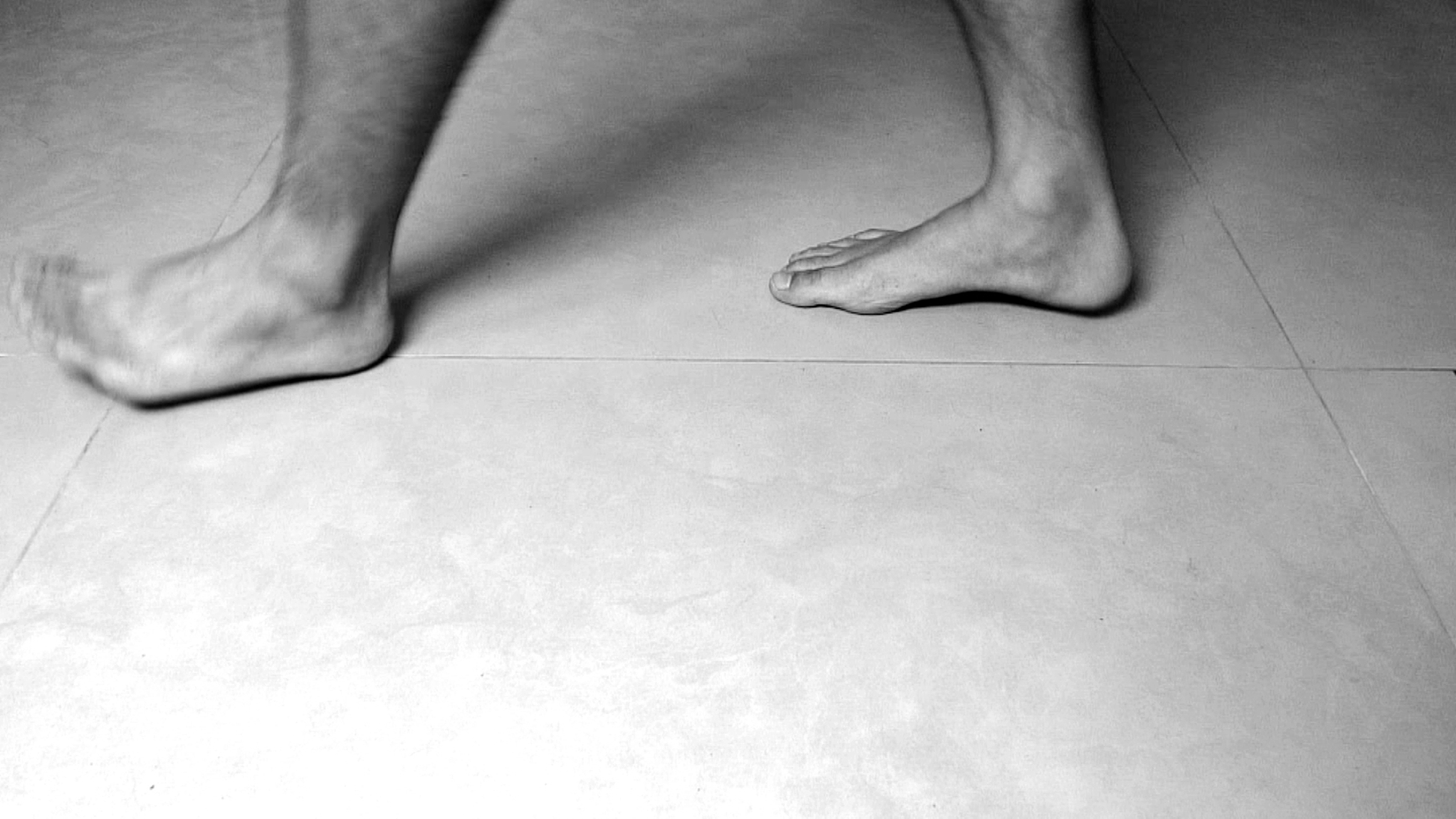
2011
Single channel video
34 min 55 sec

2011
Single channel video
28 min 9 sec
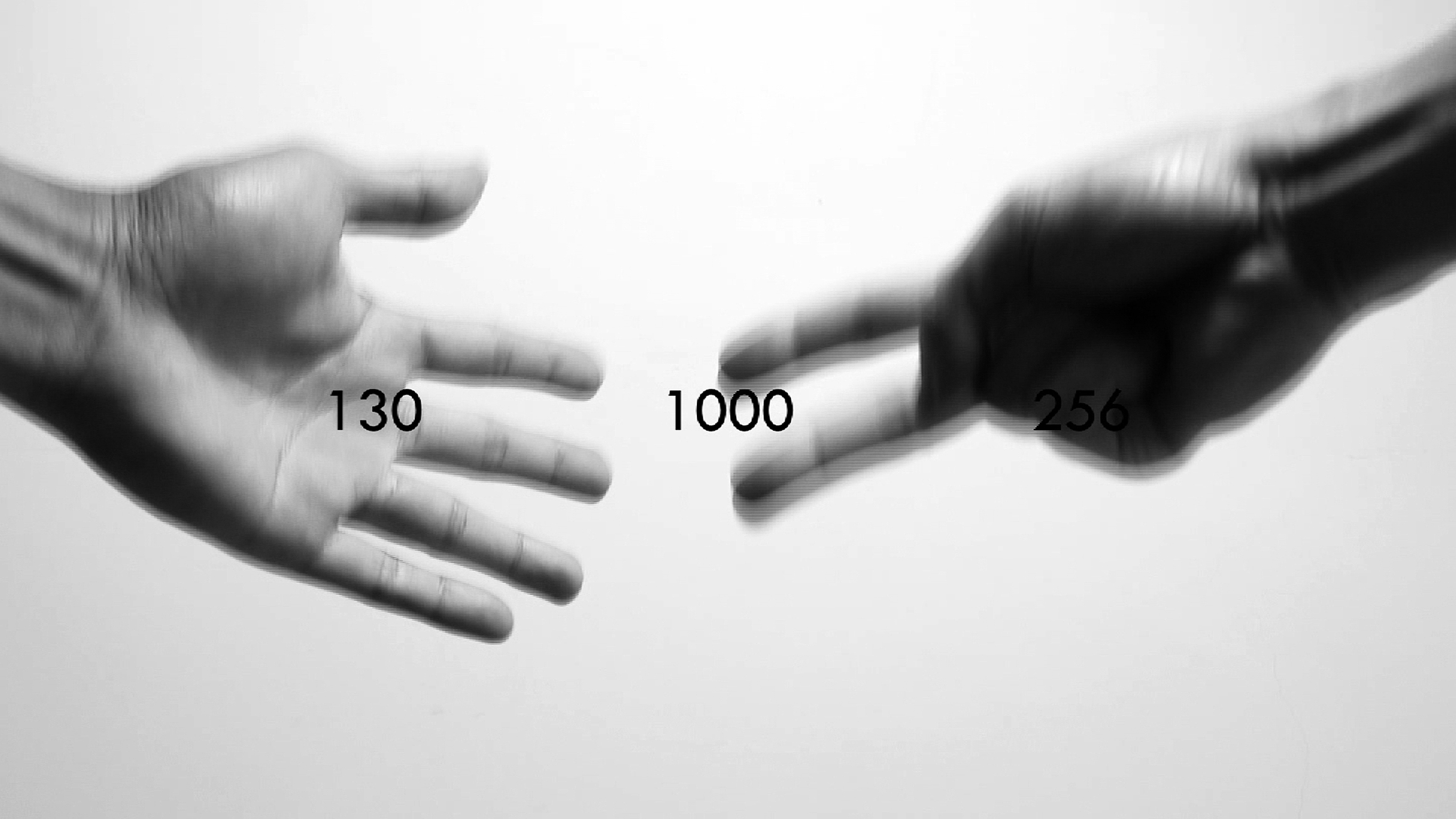
2011
Single channel video
16 min 50 sec
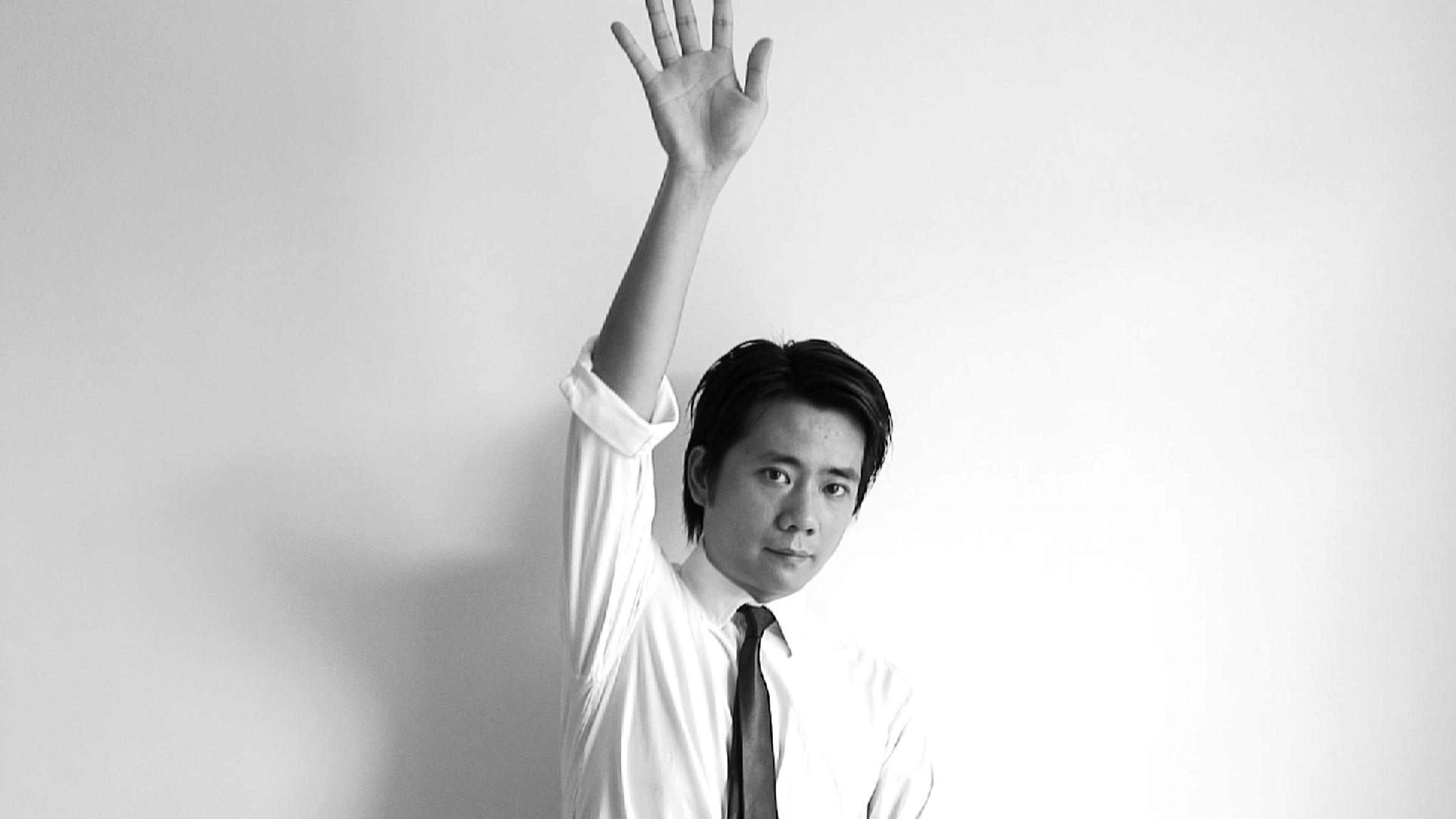
2011
Single channel video
1 min 55 sec
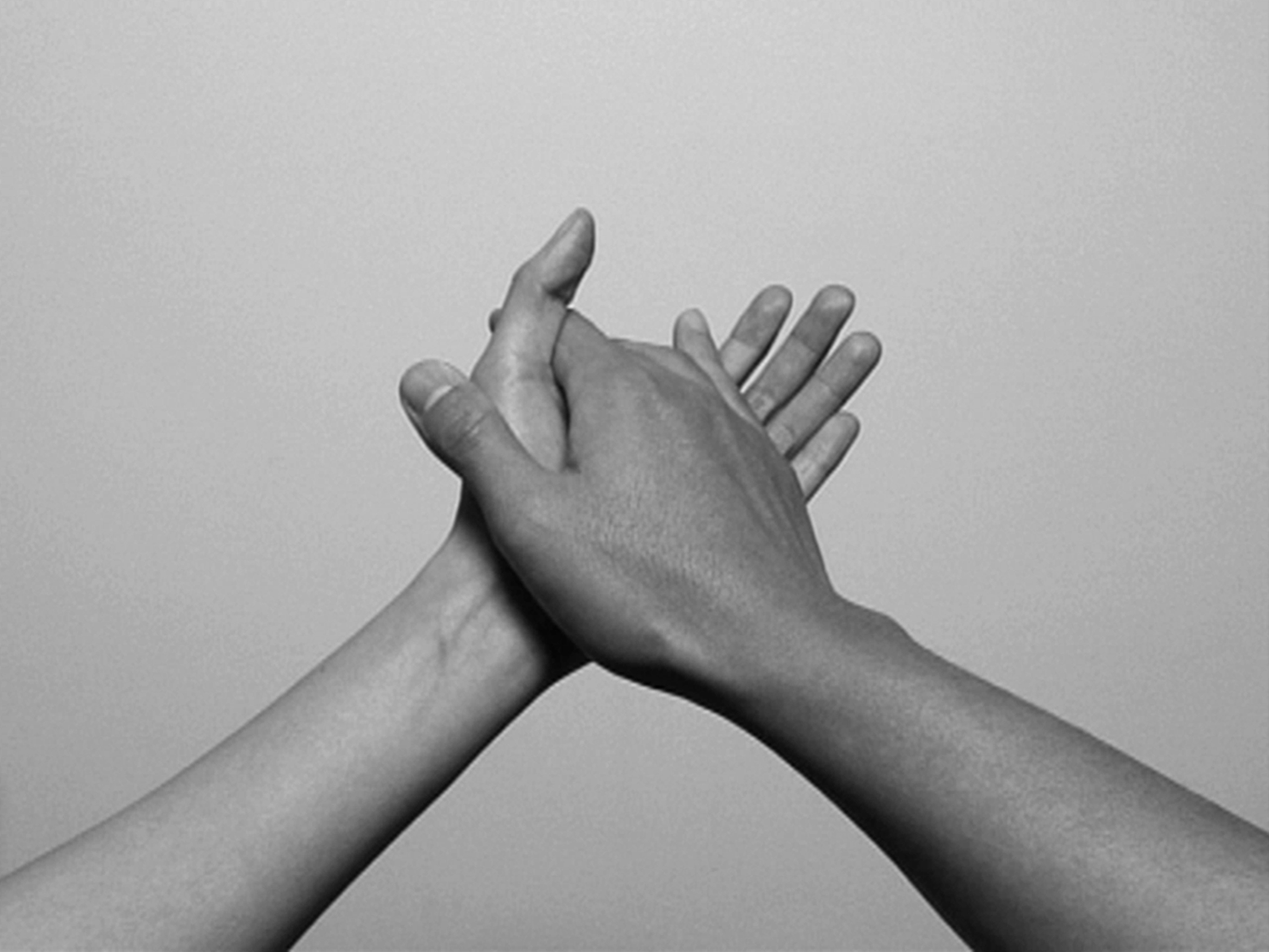
2011
Single channel video
3 min 19 sec
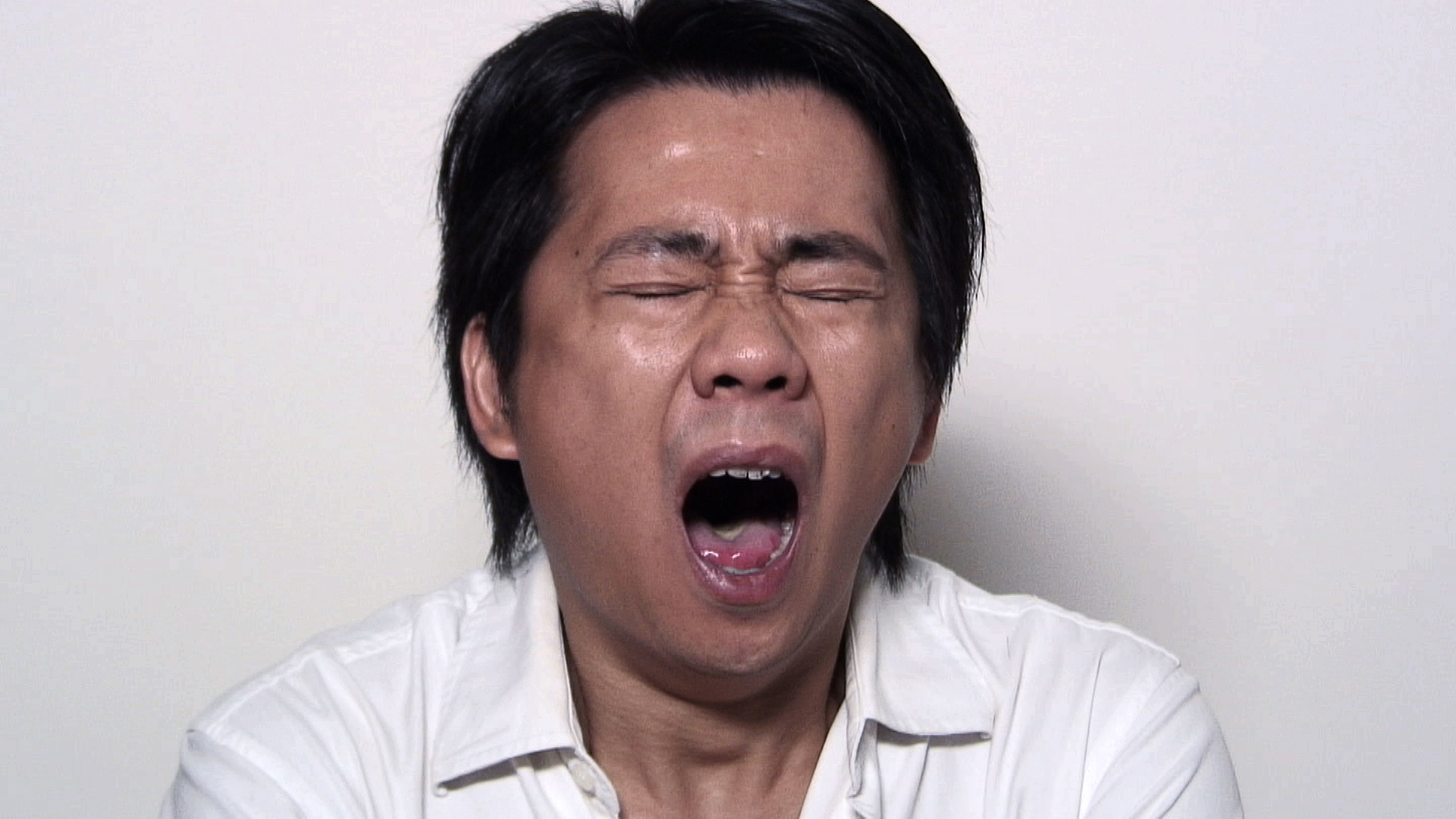
2011
Single channel video
10 min 35 sec
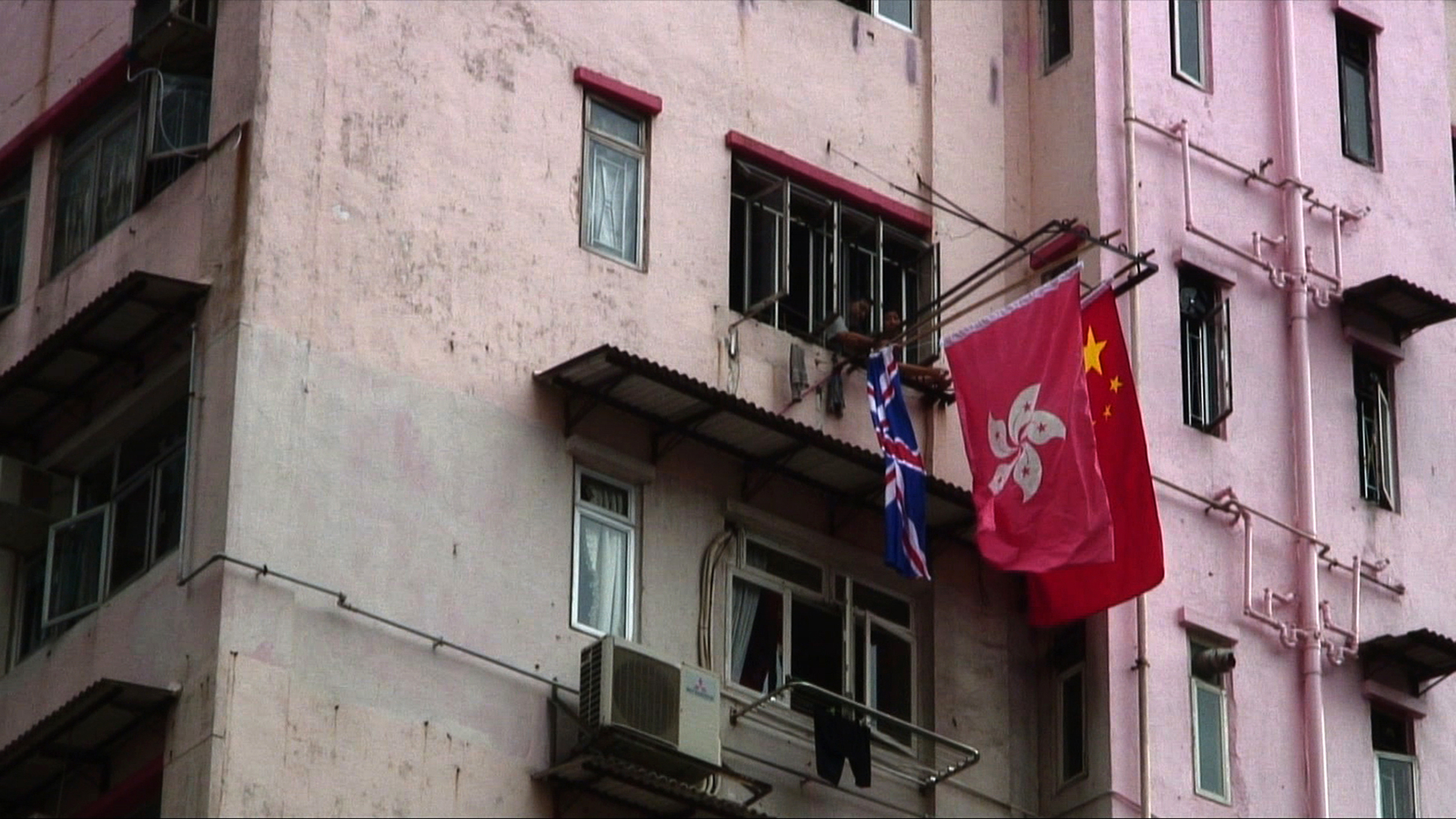
2007
Single channel video
1 min 47 sec